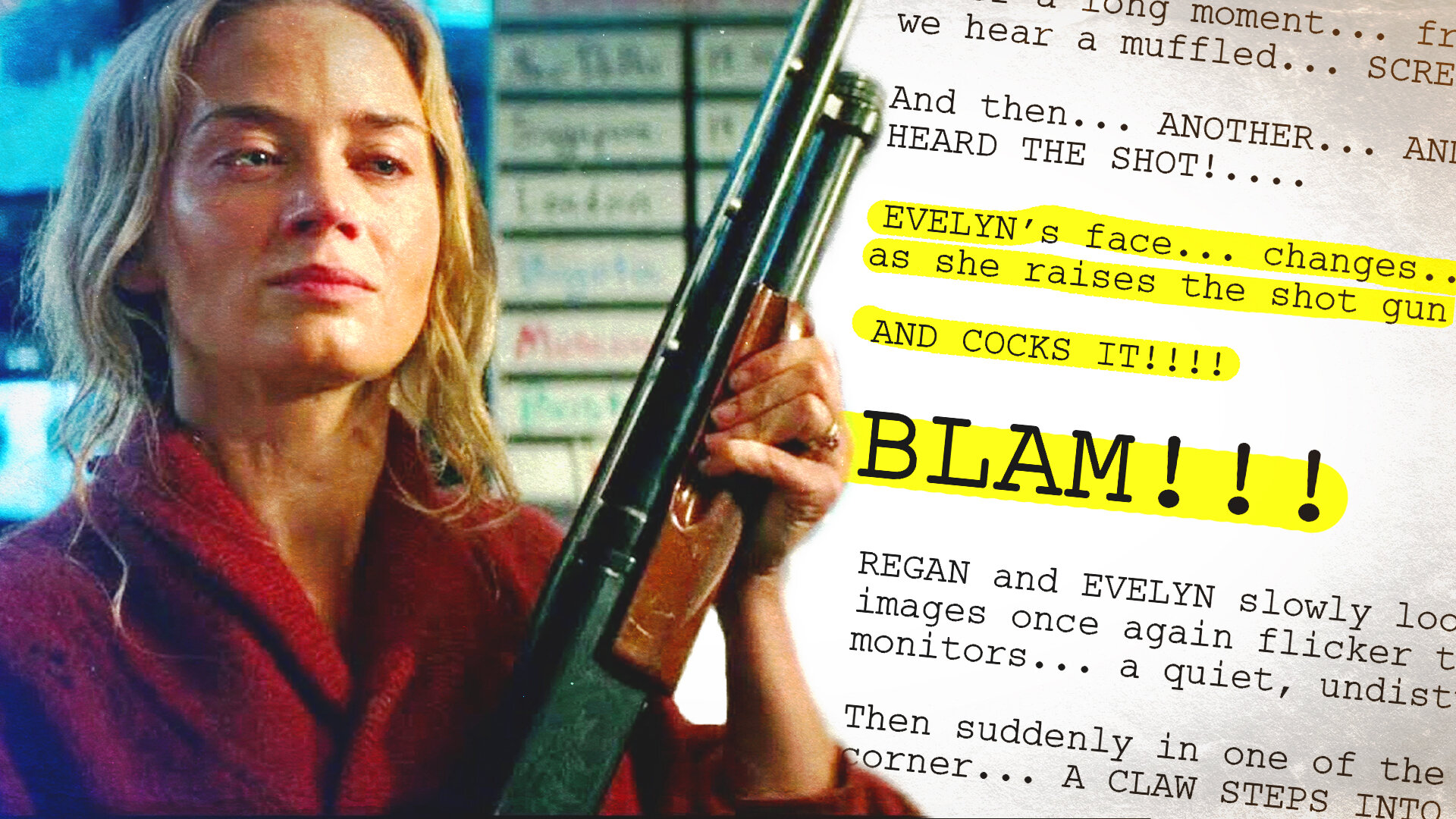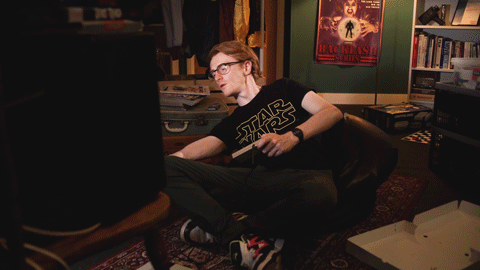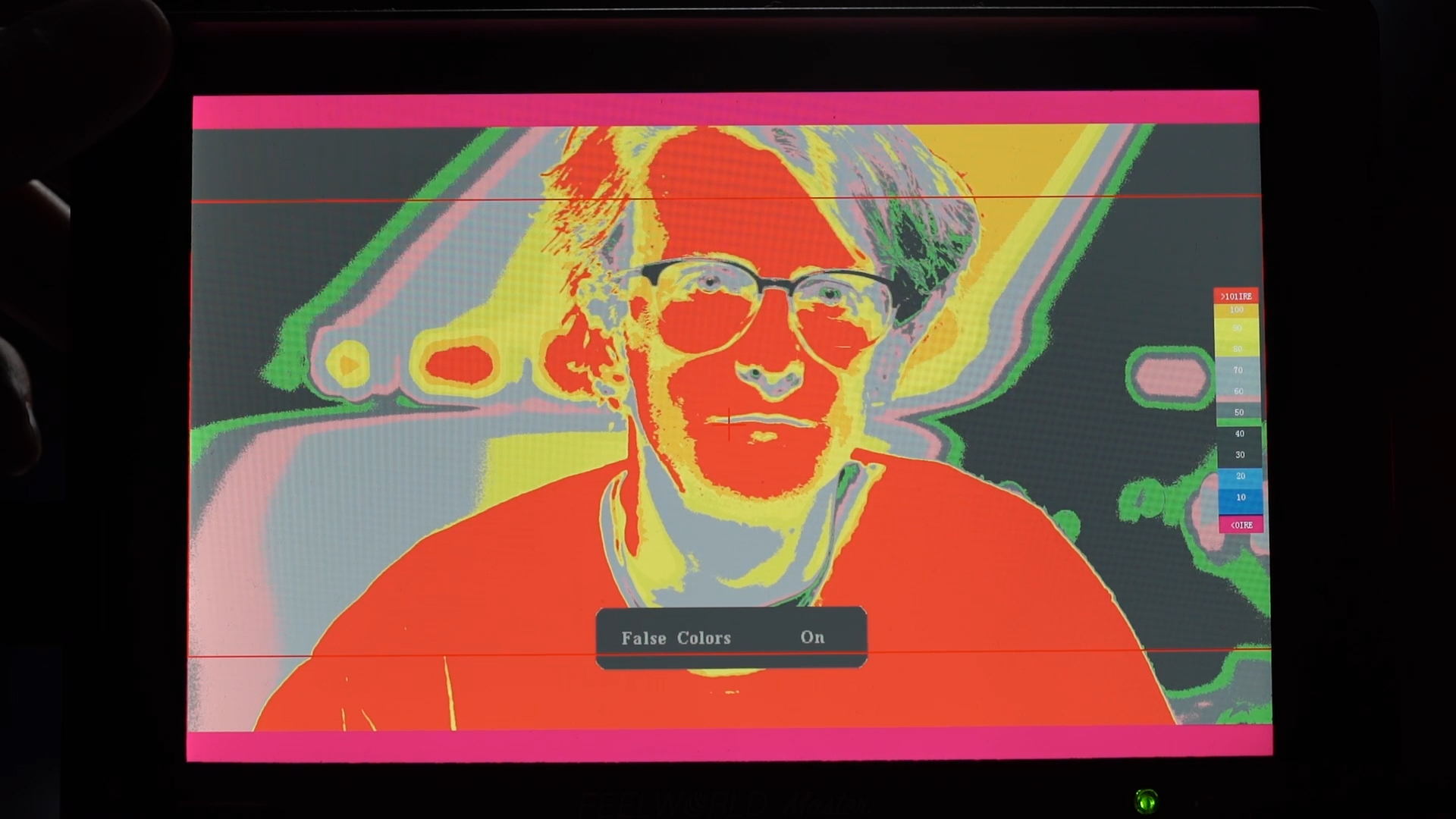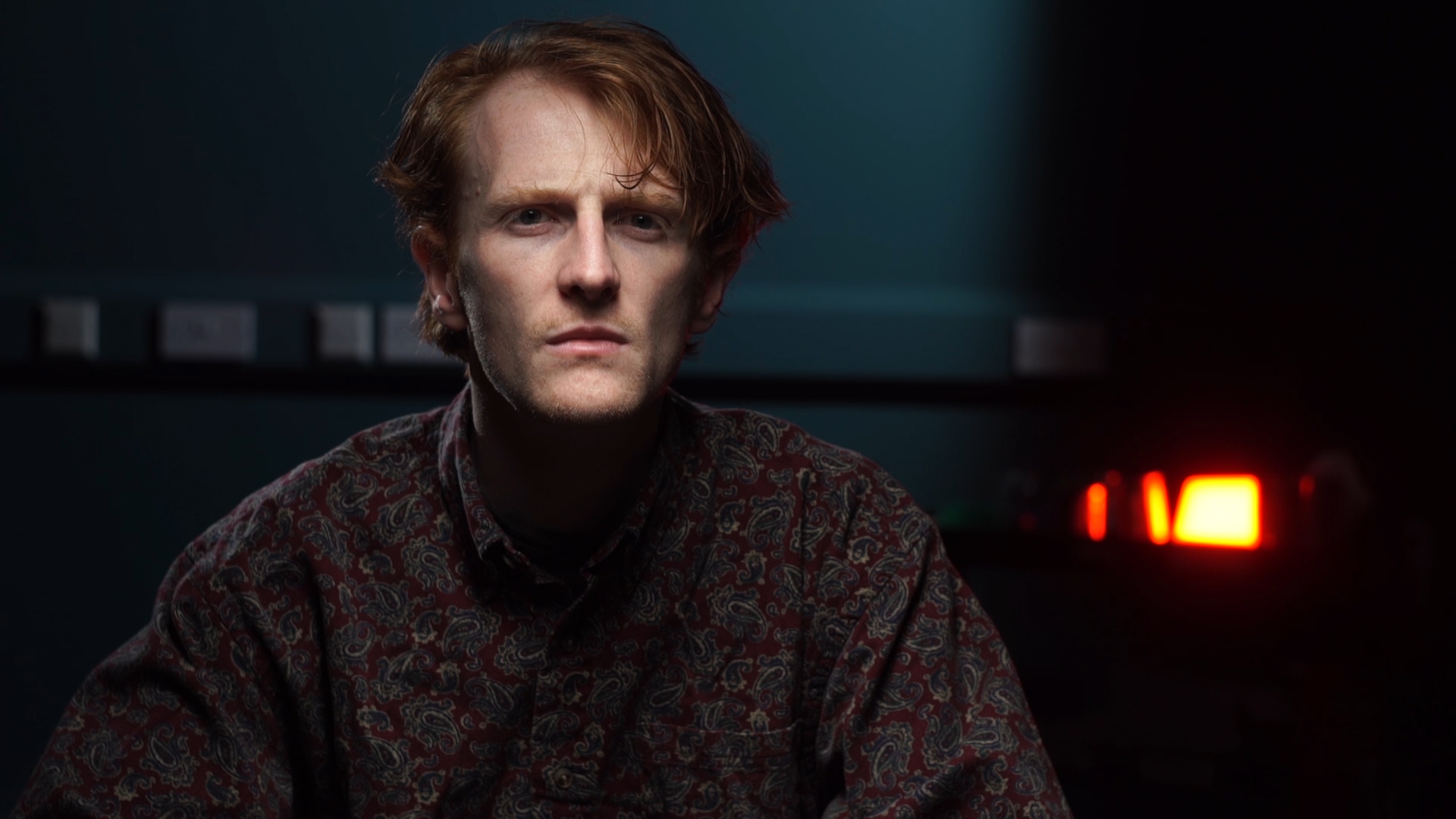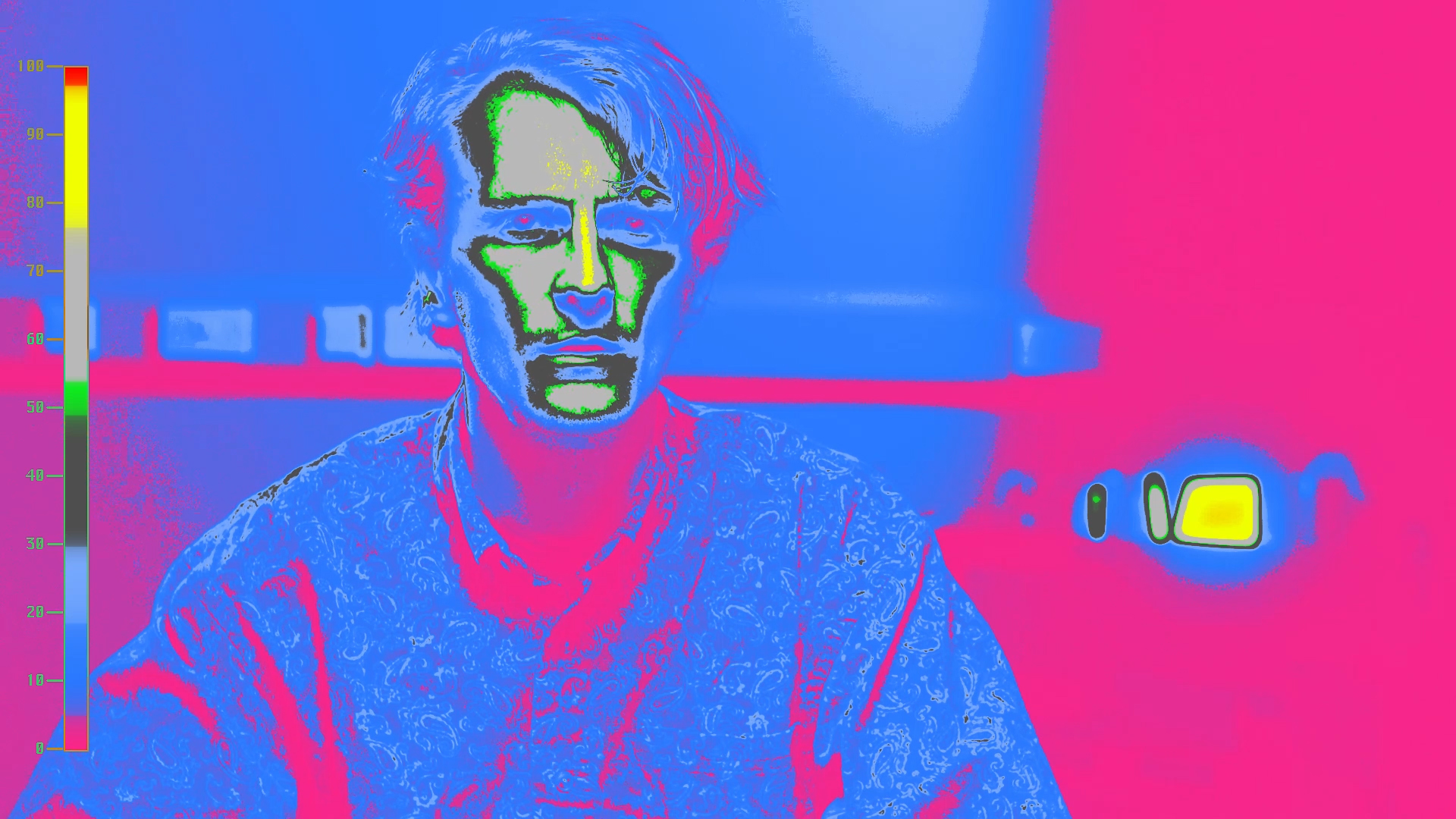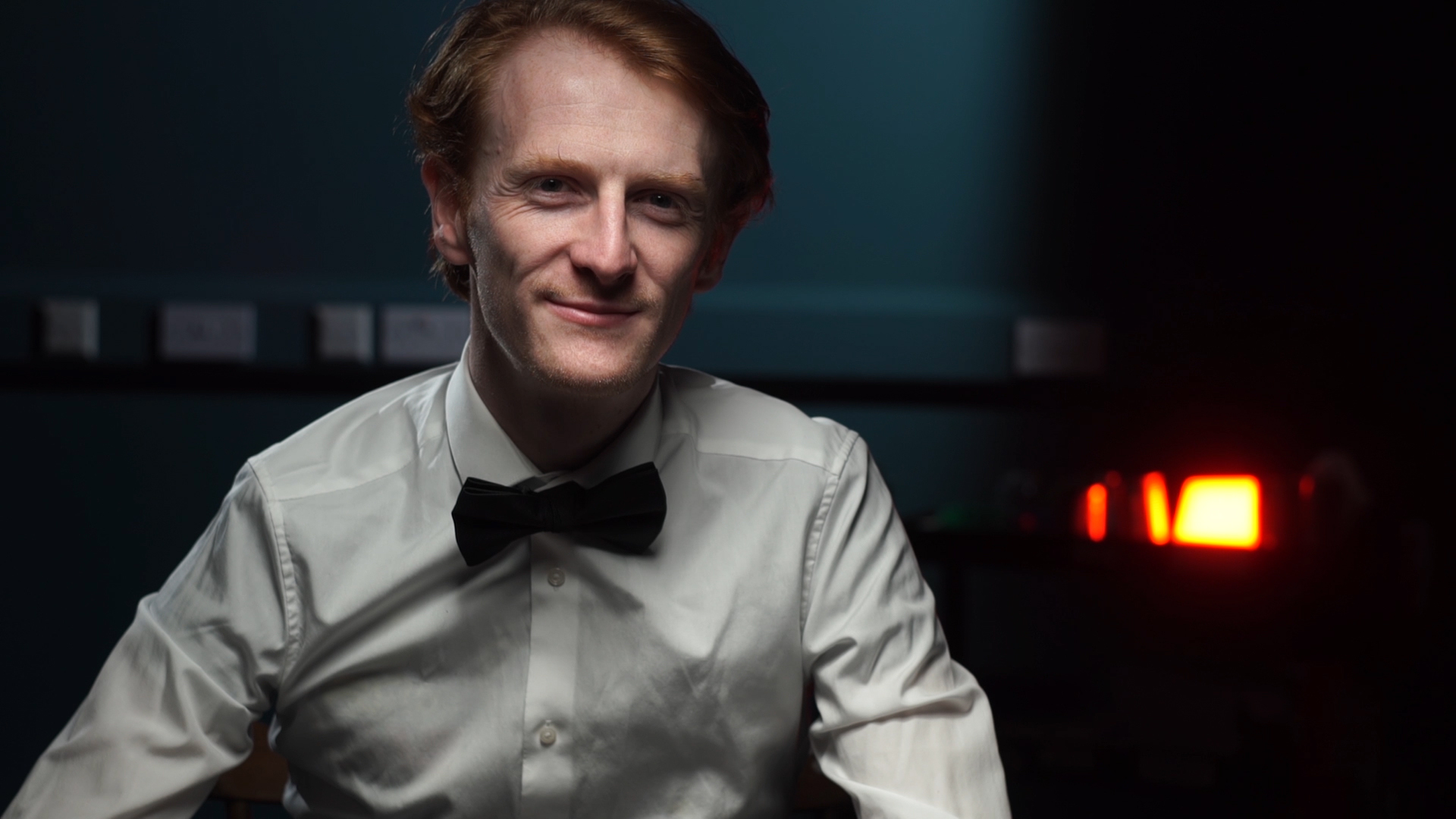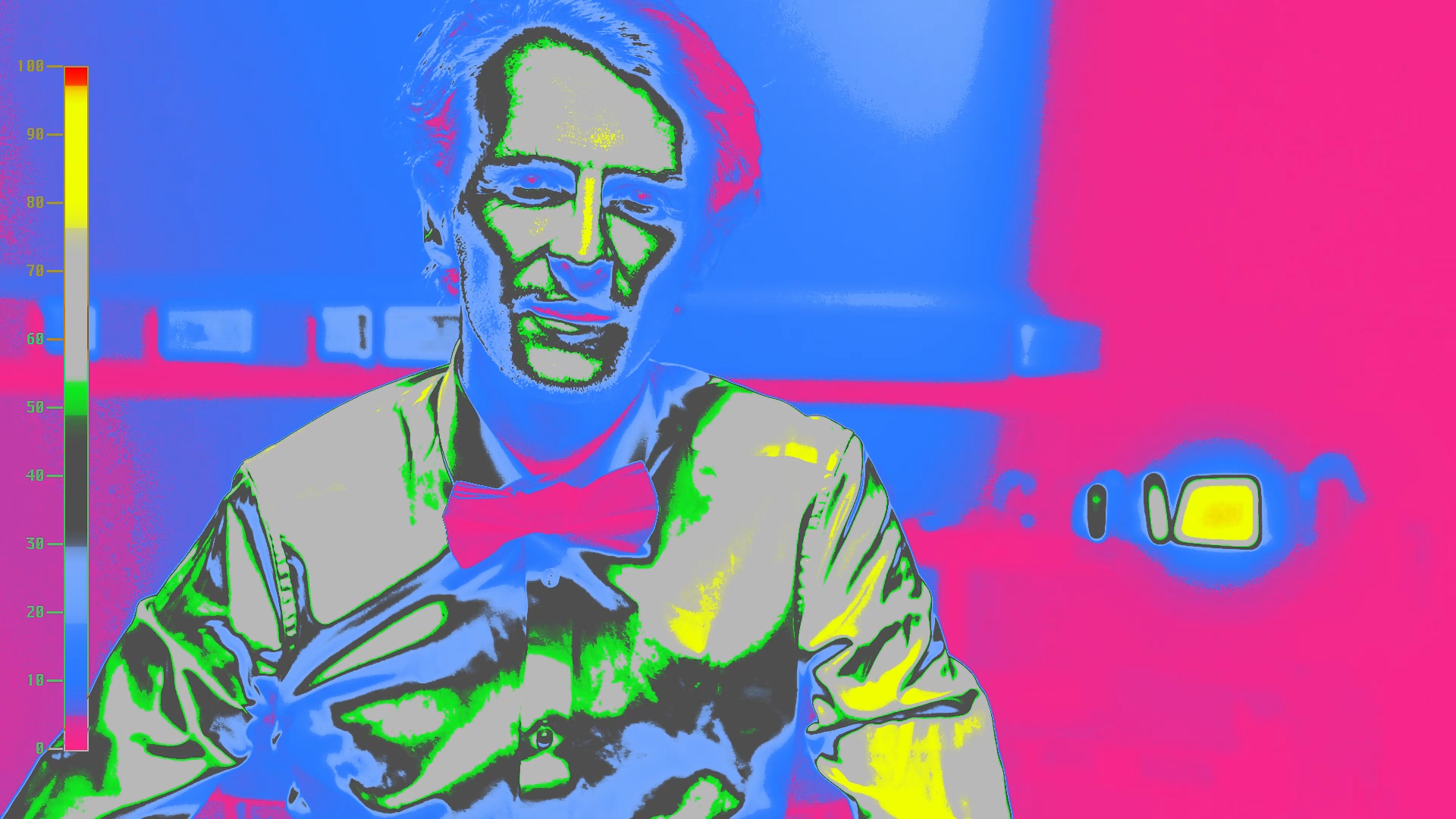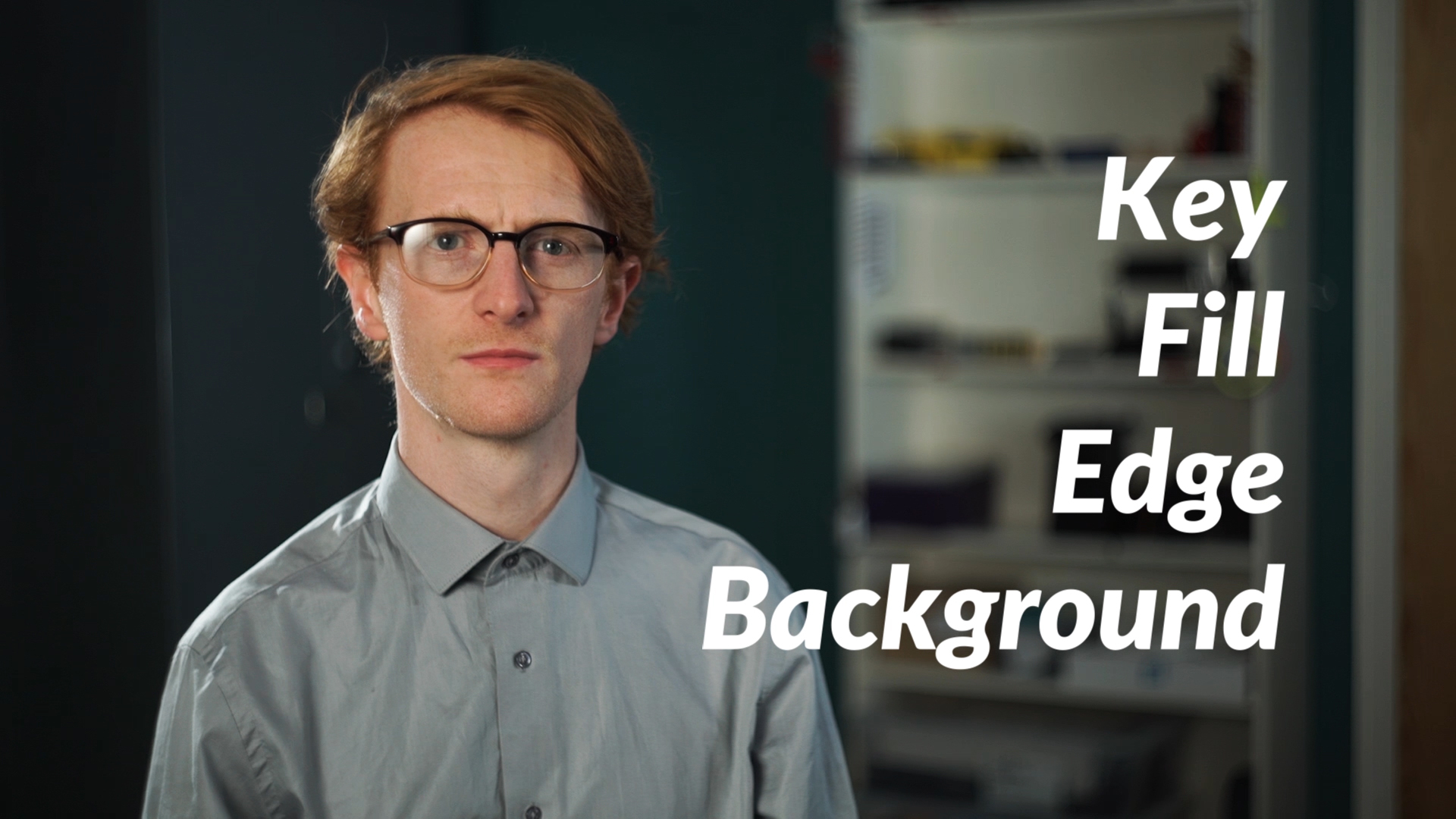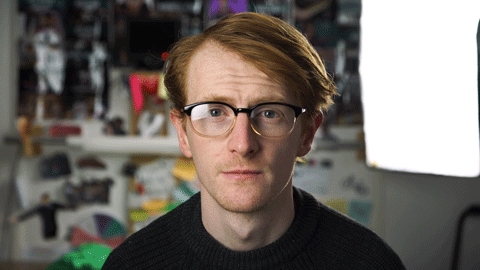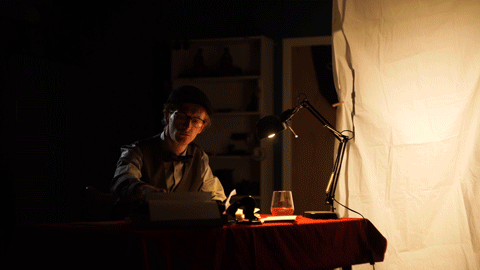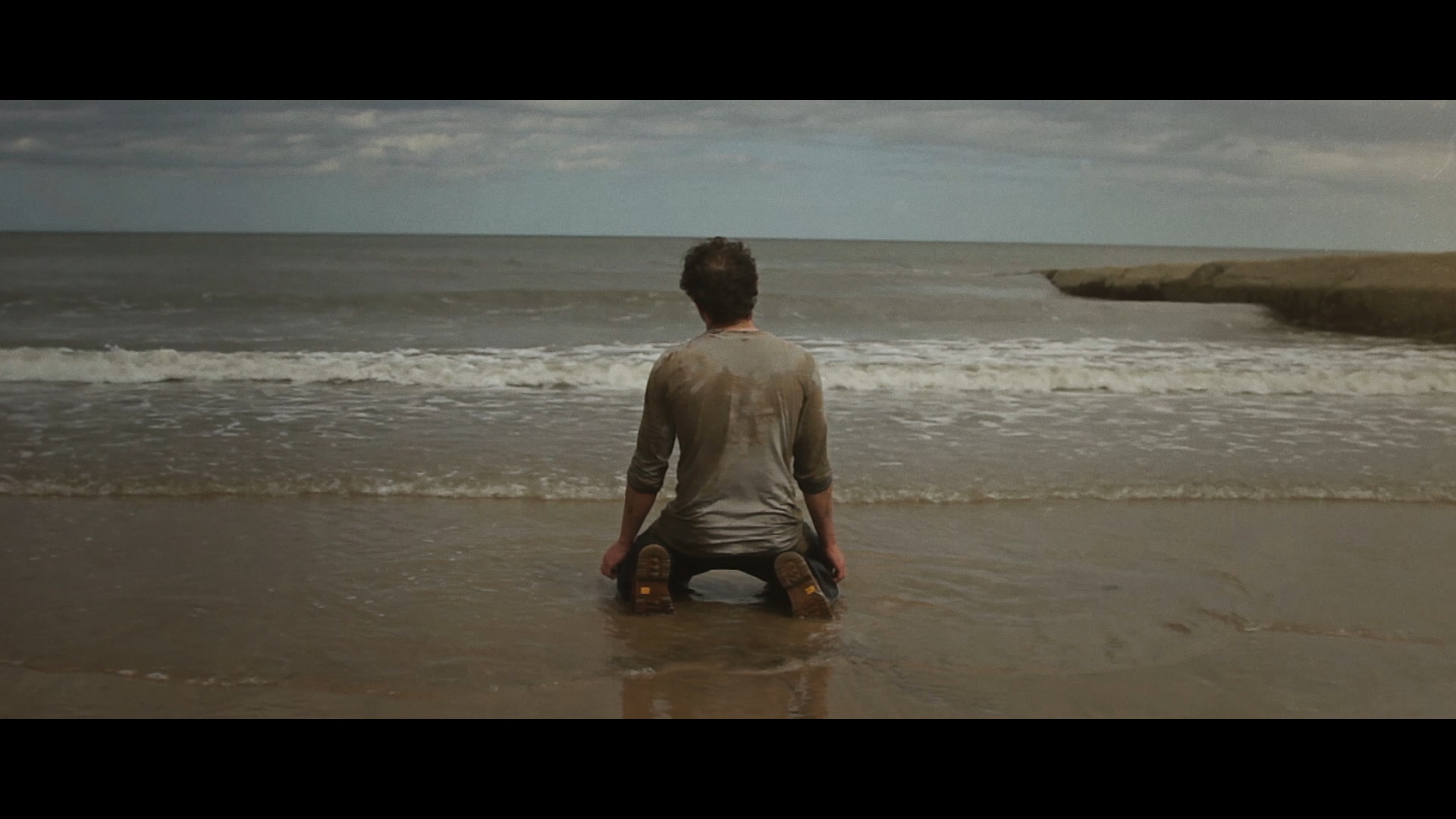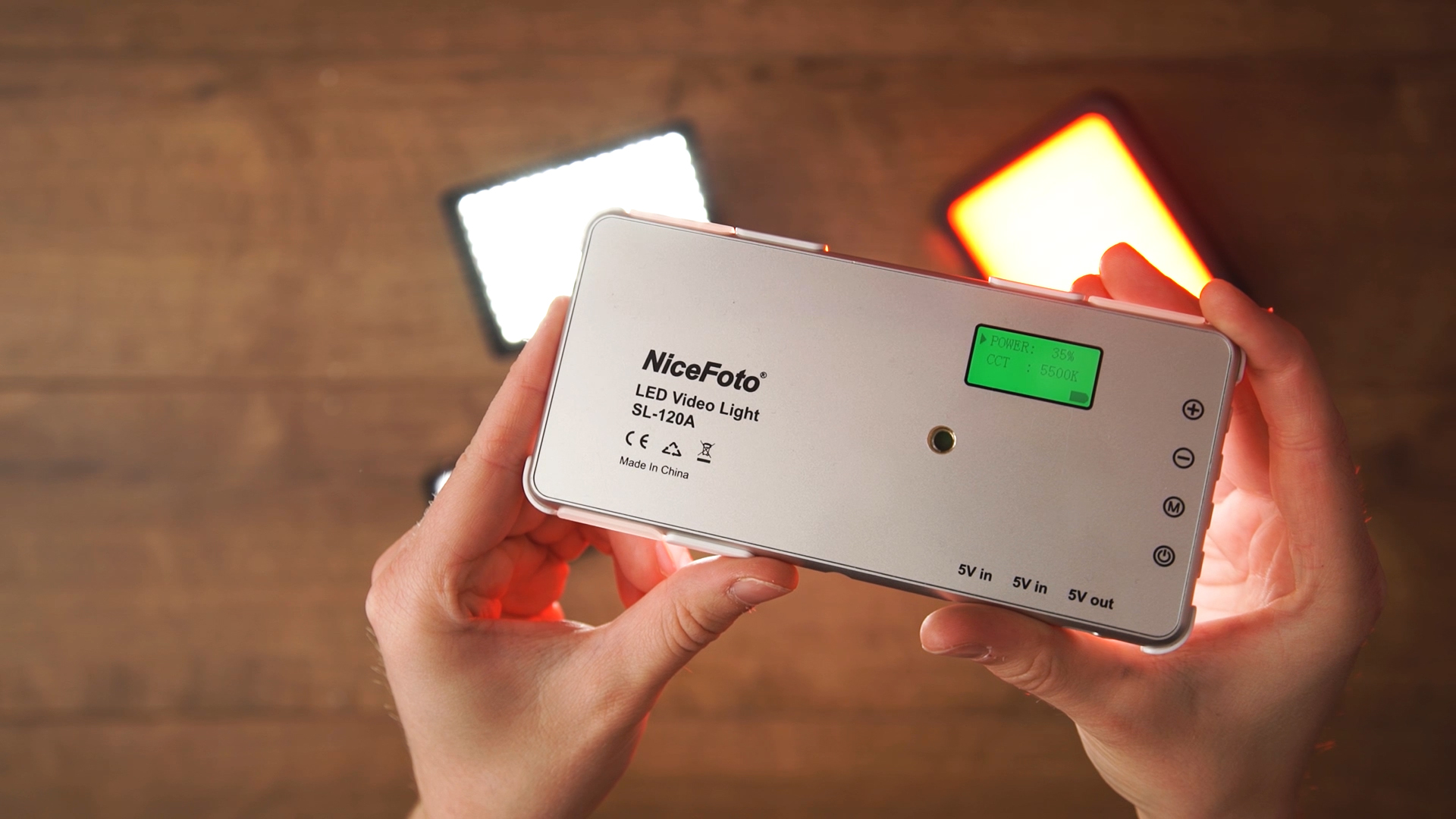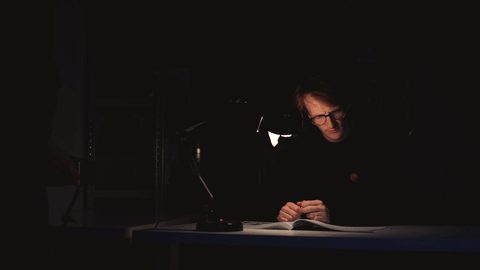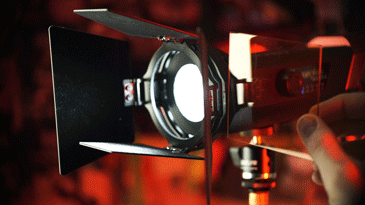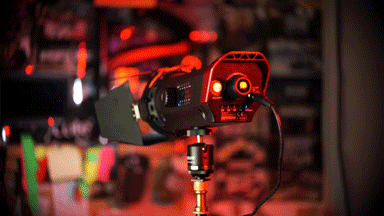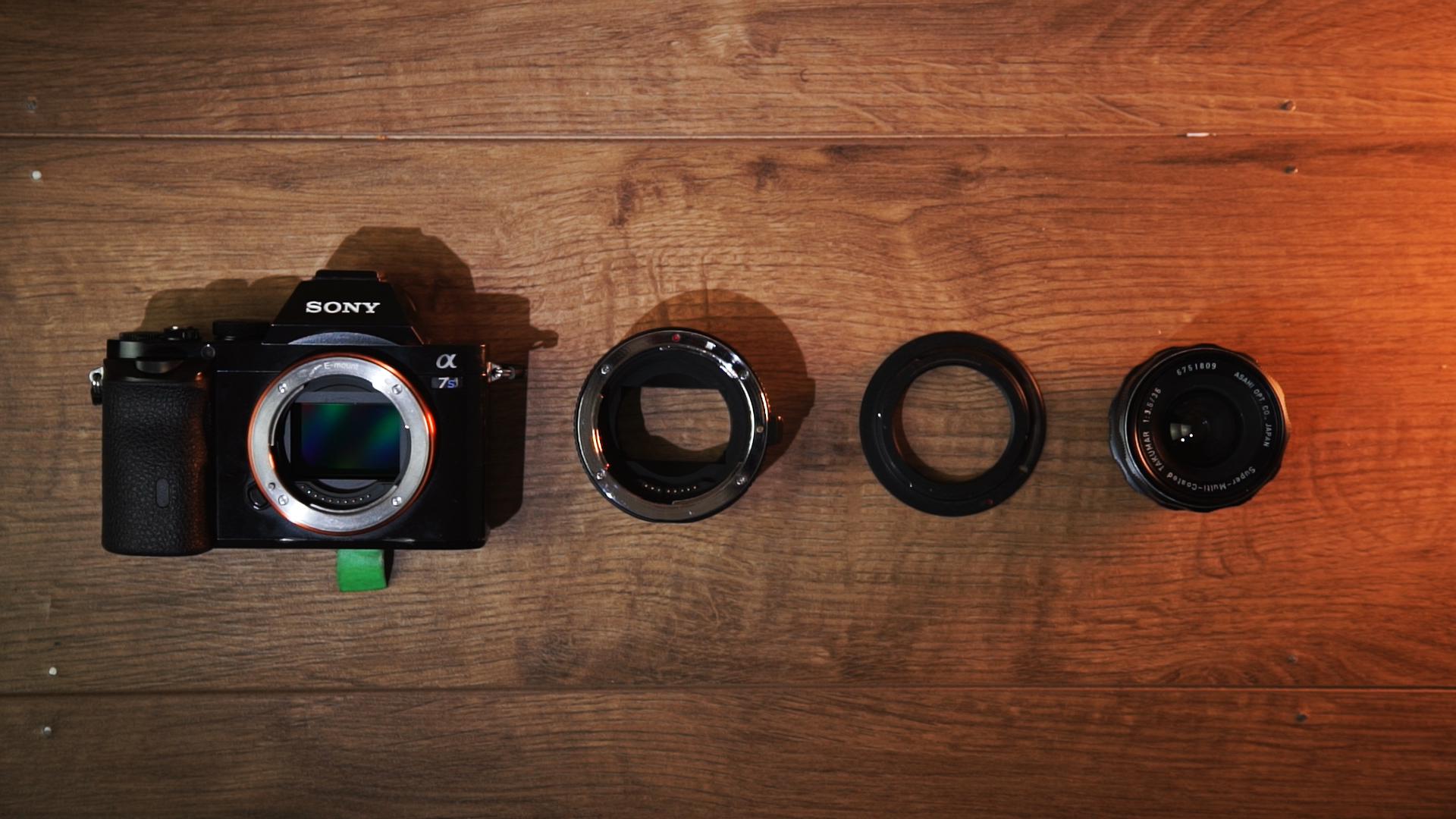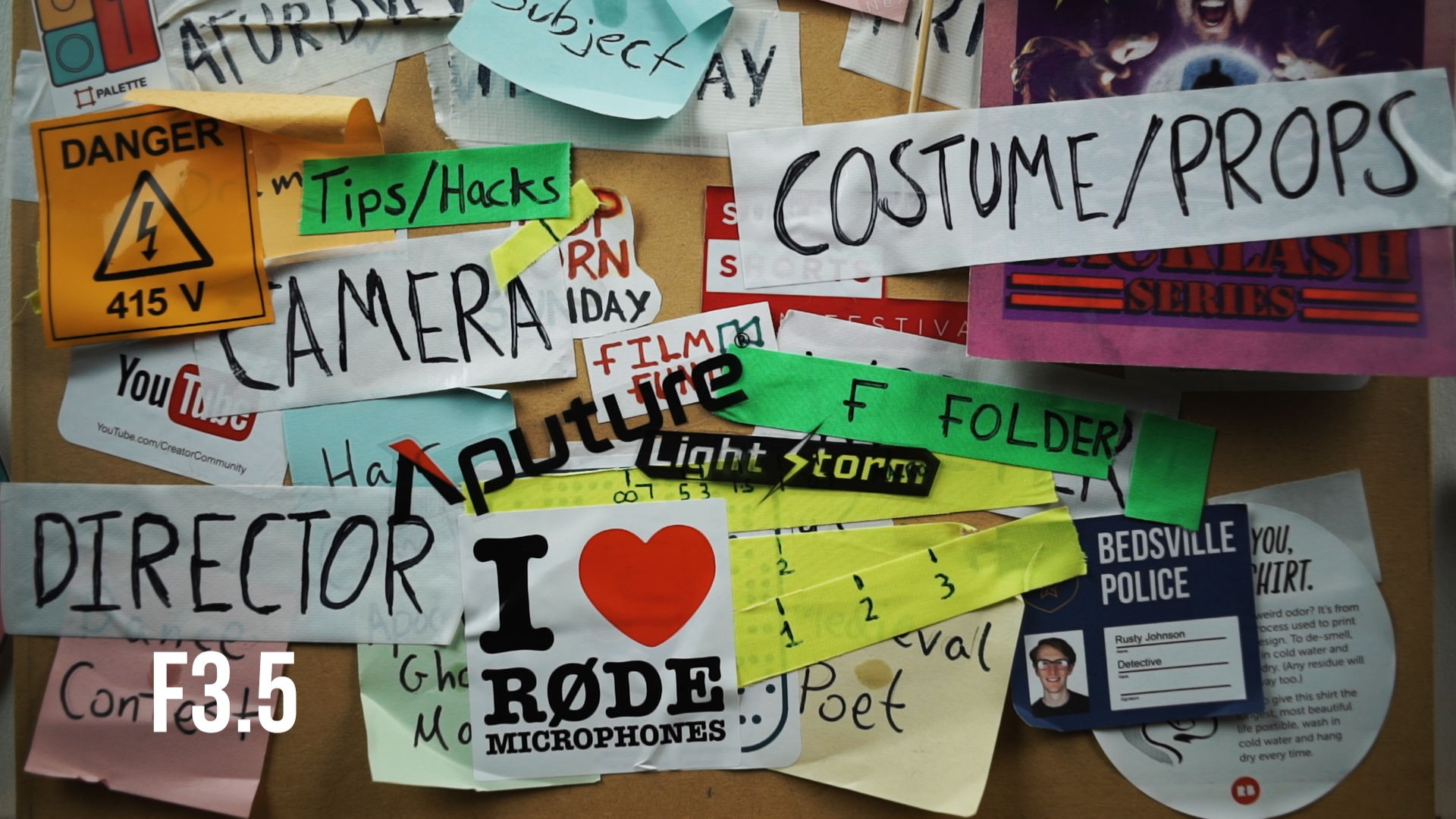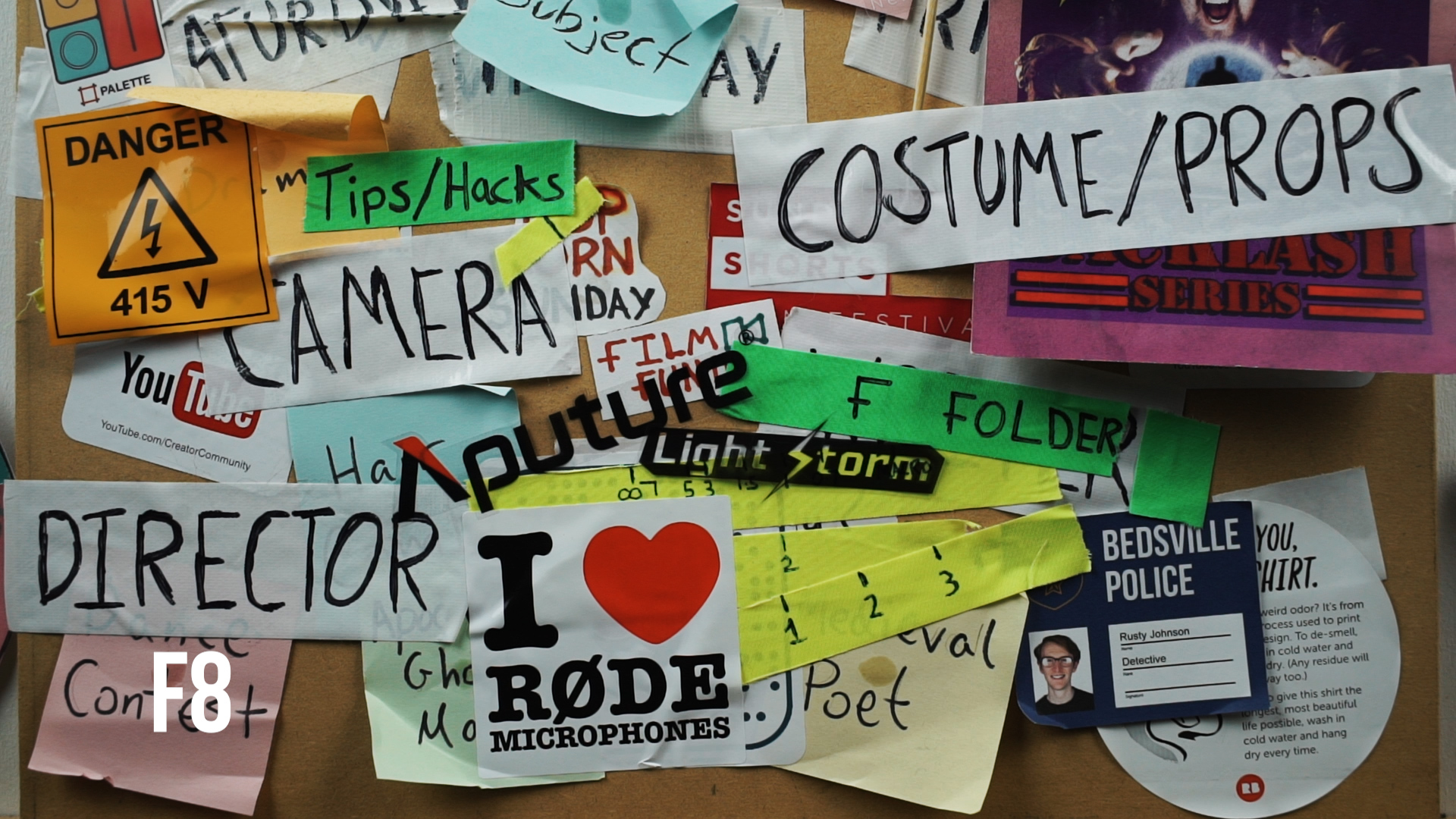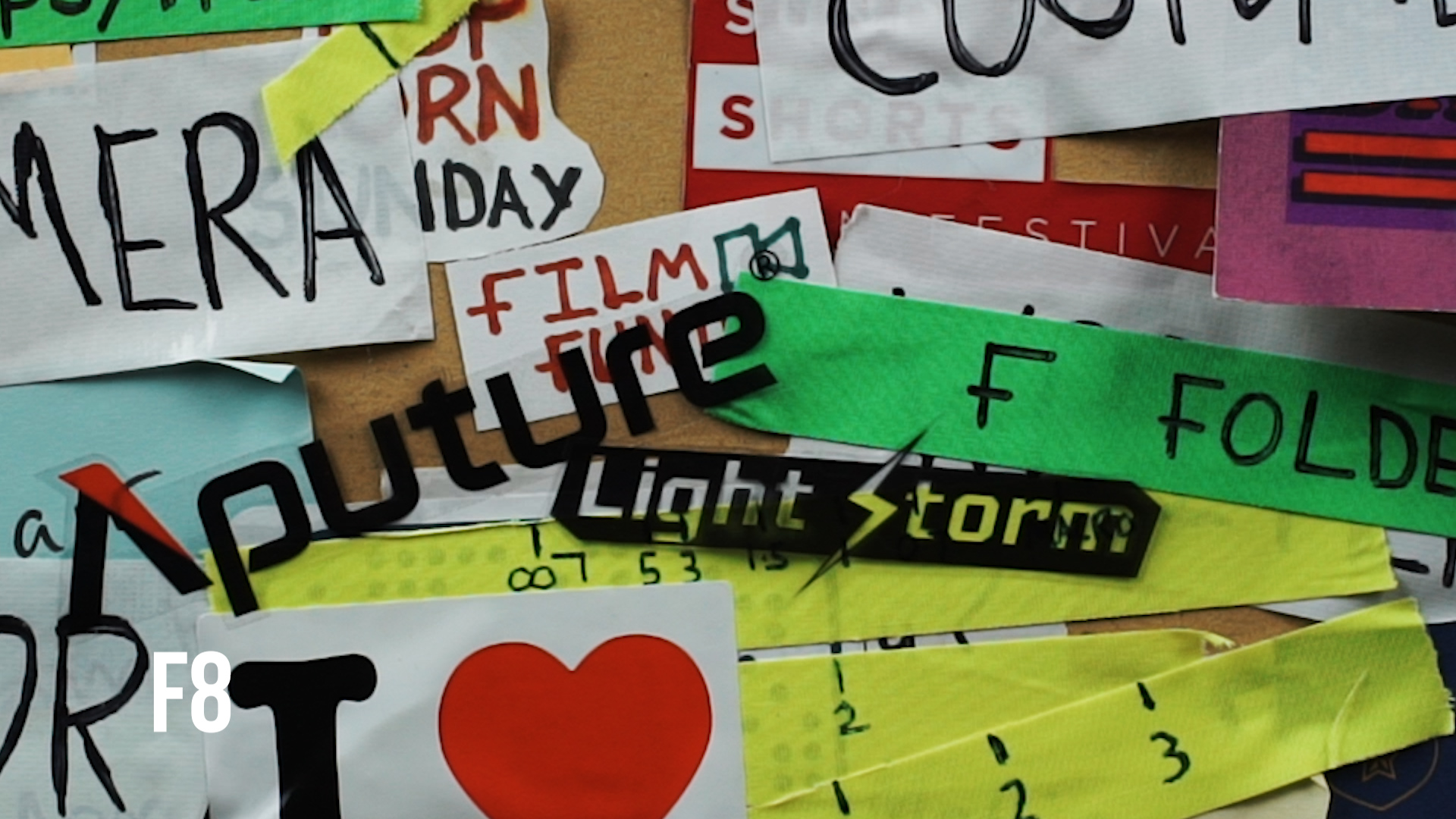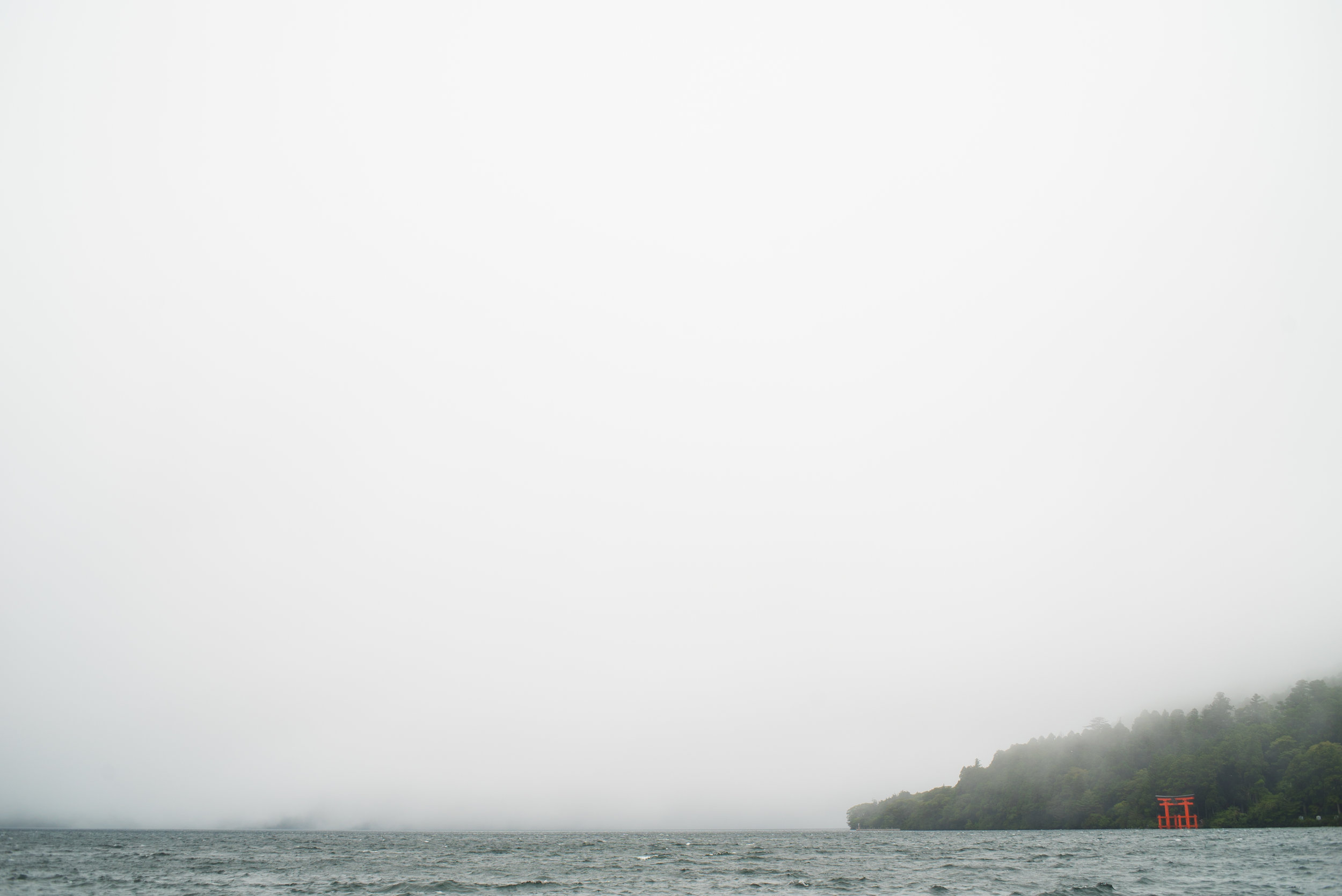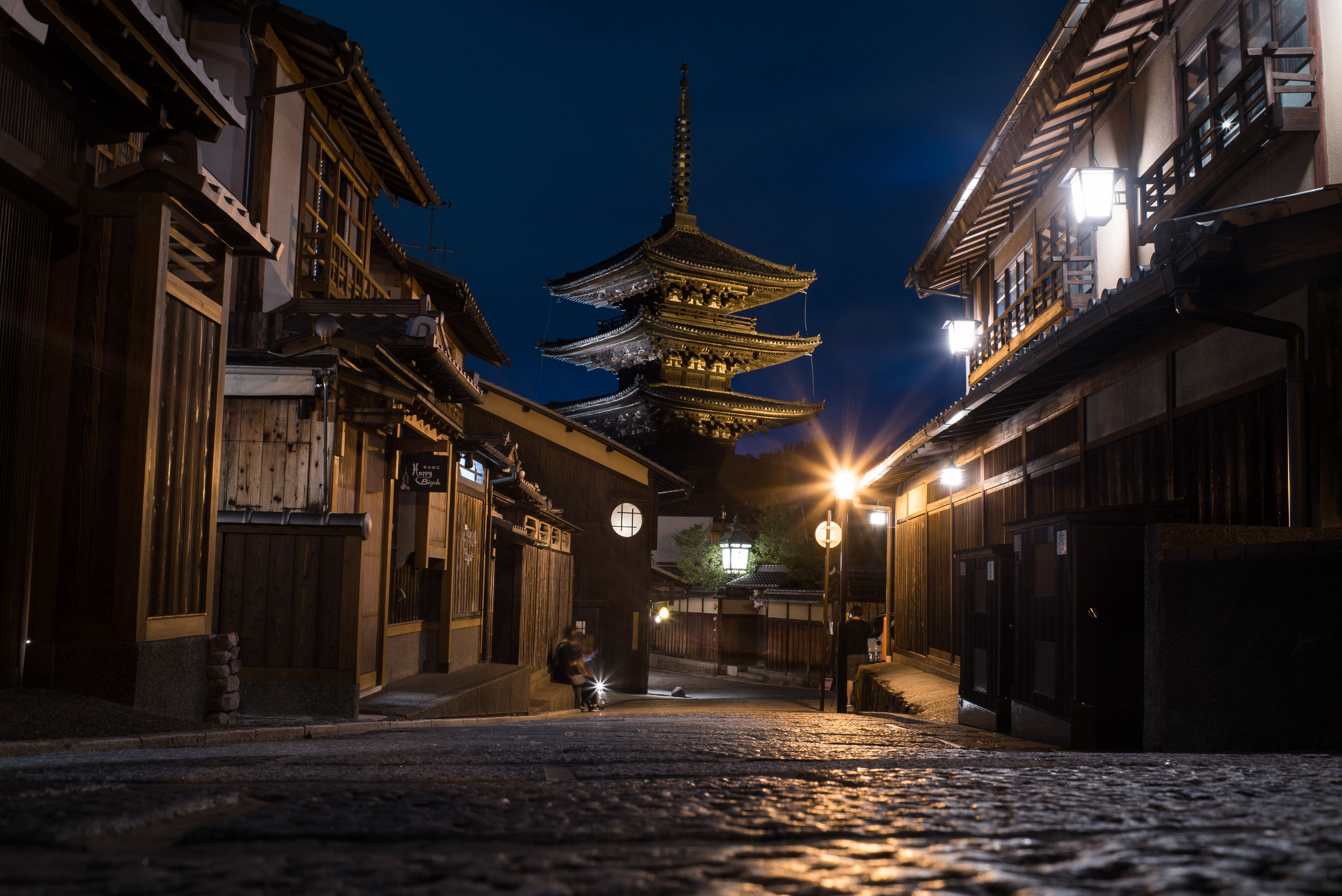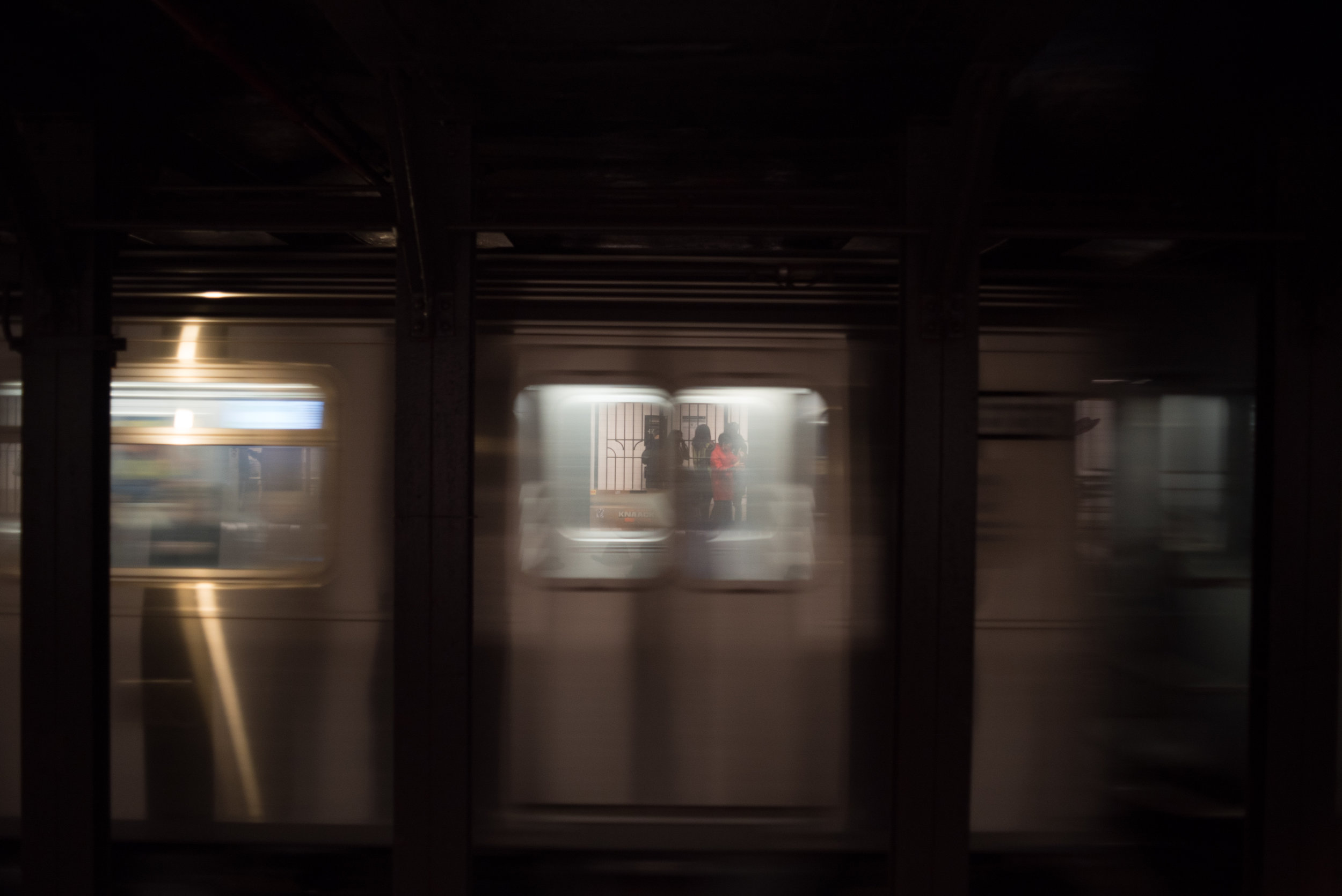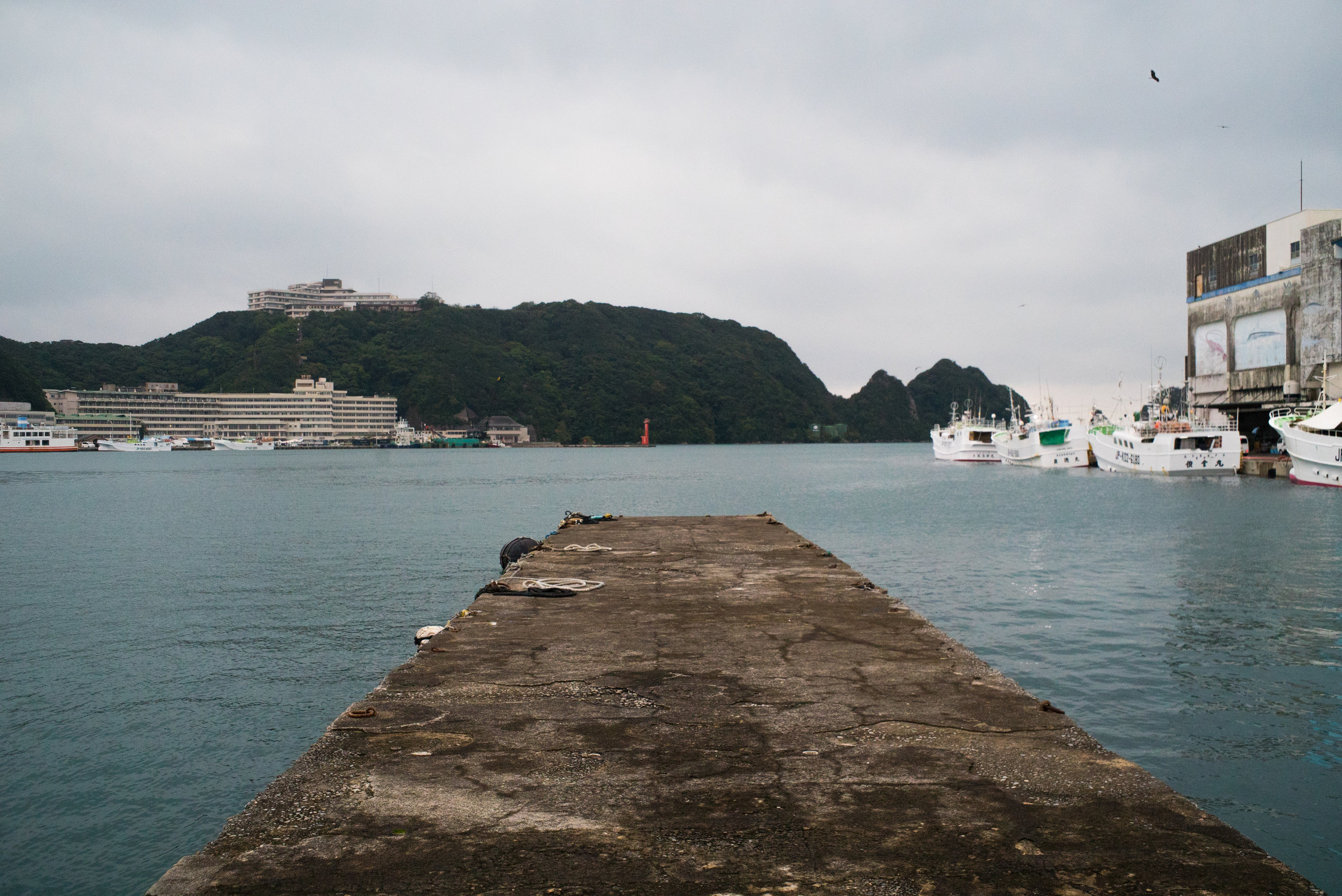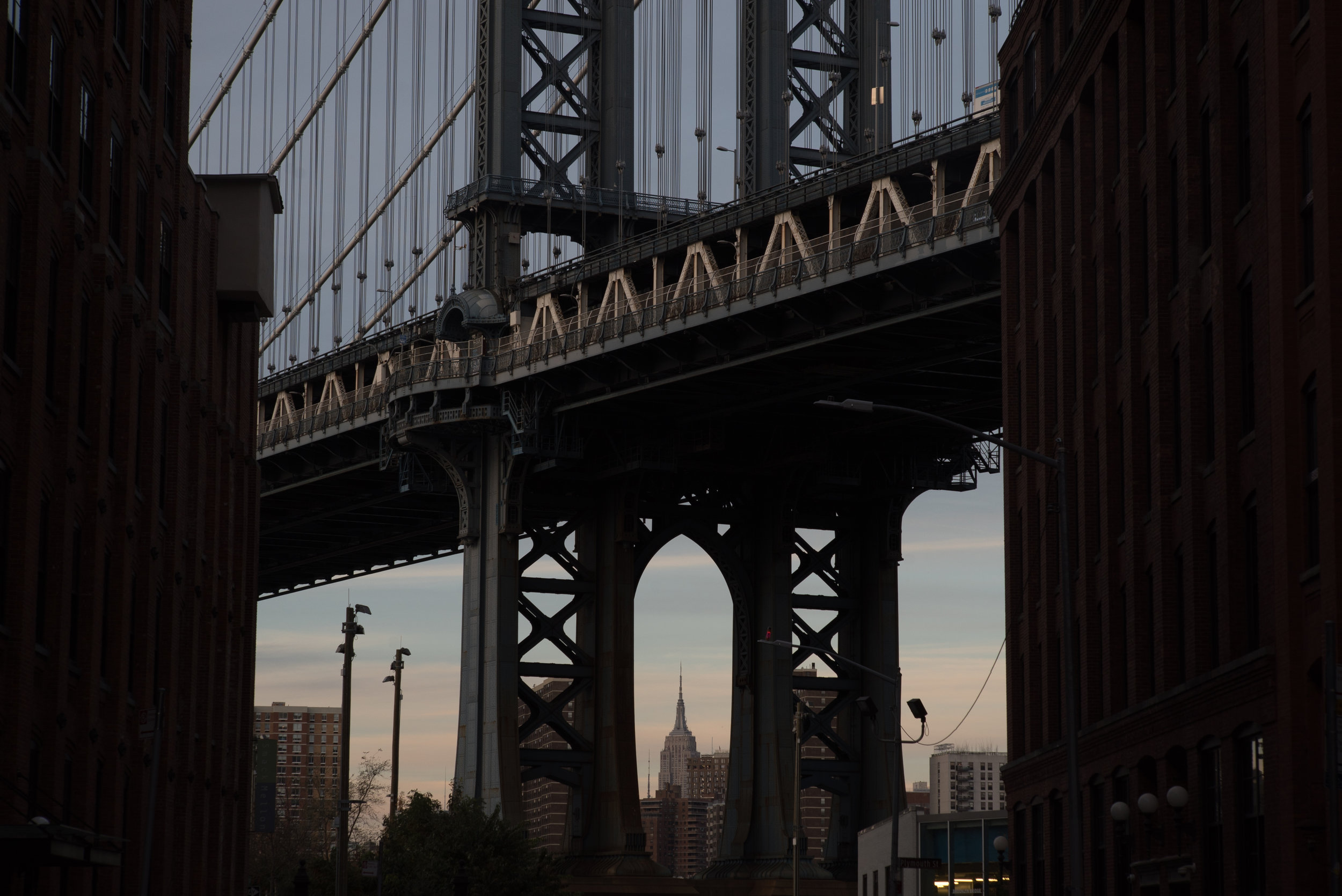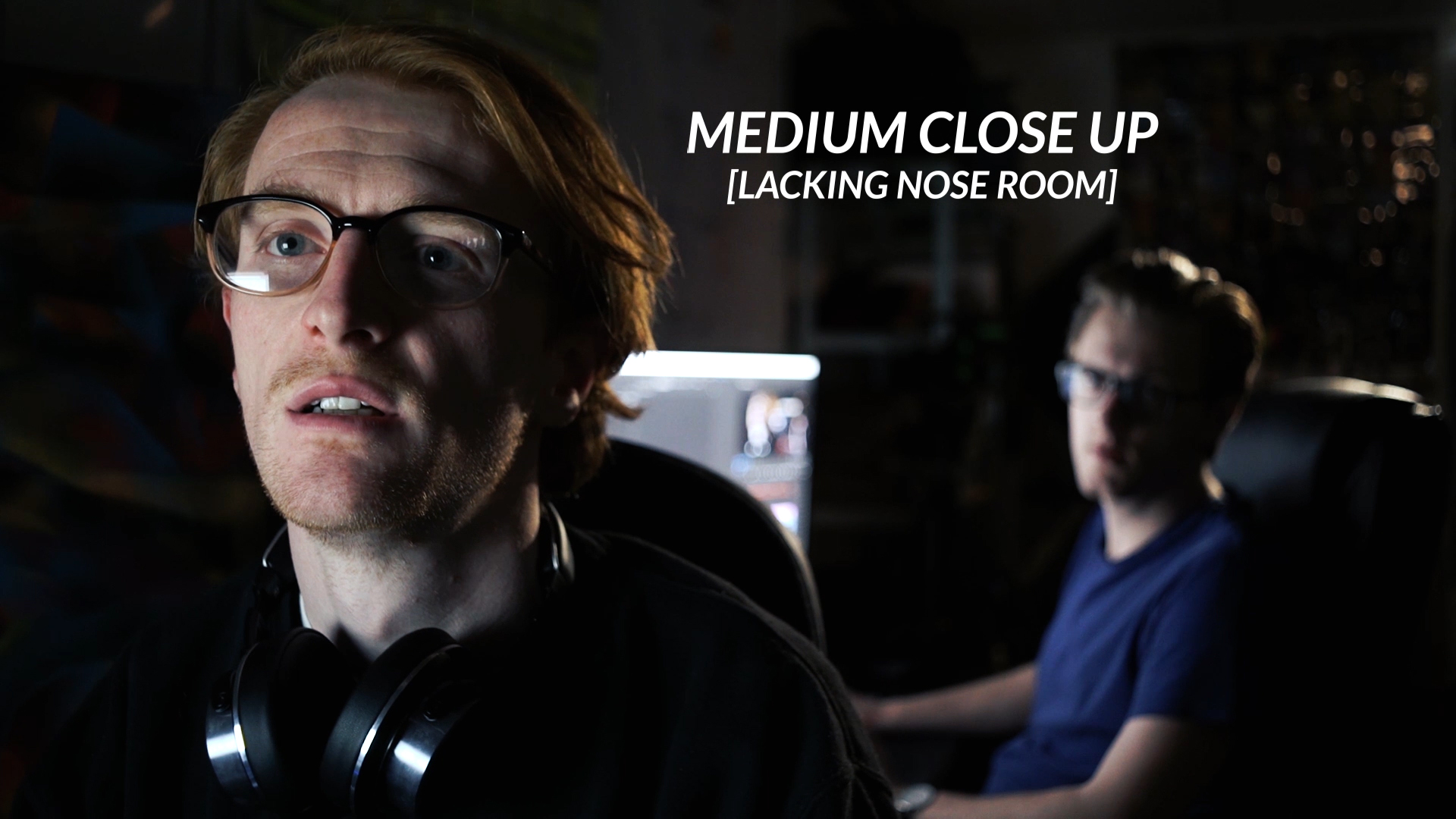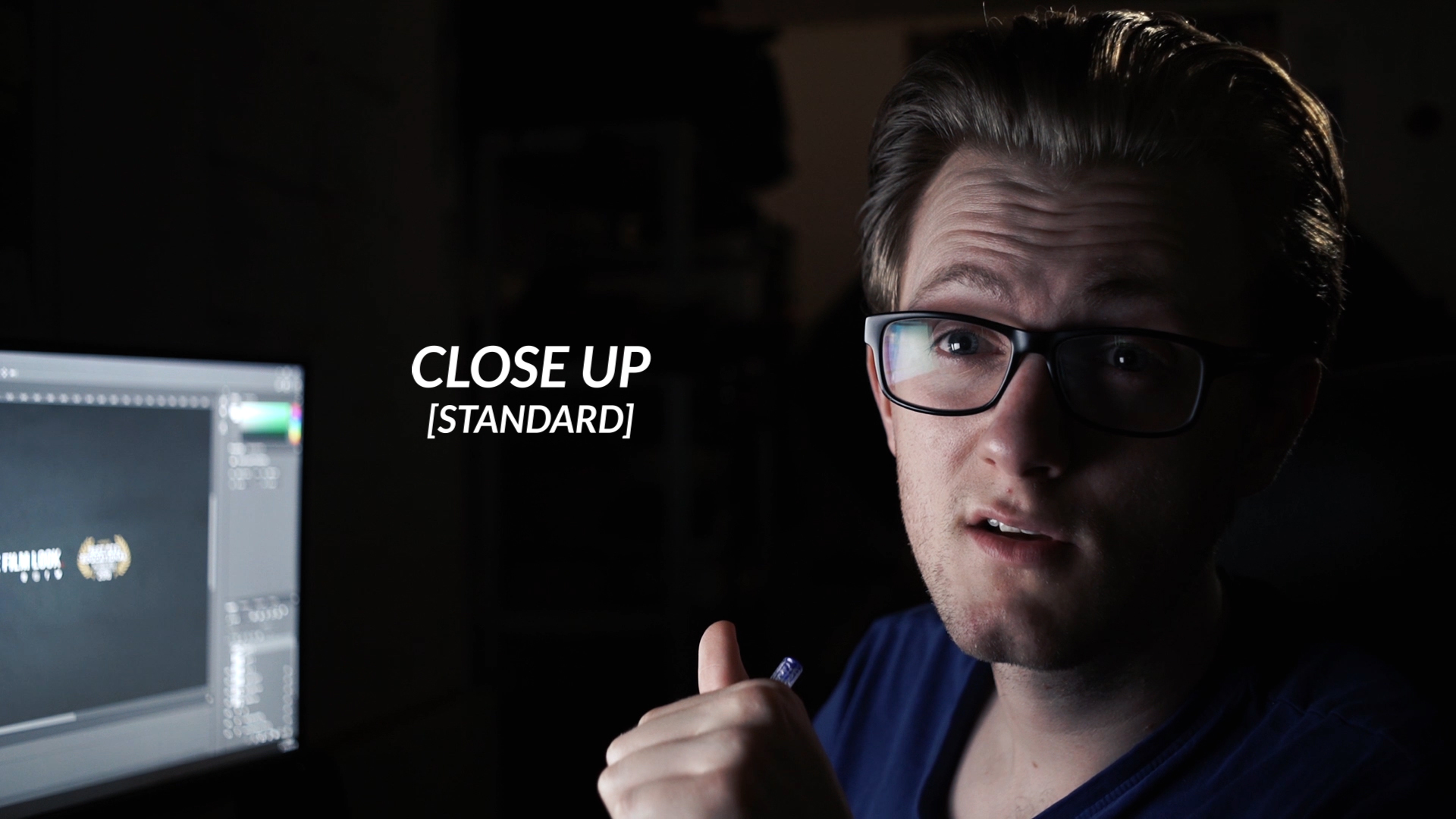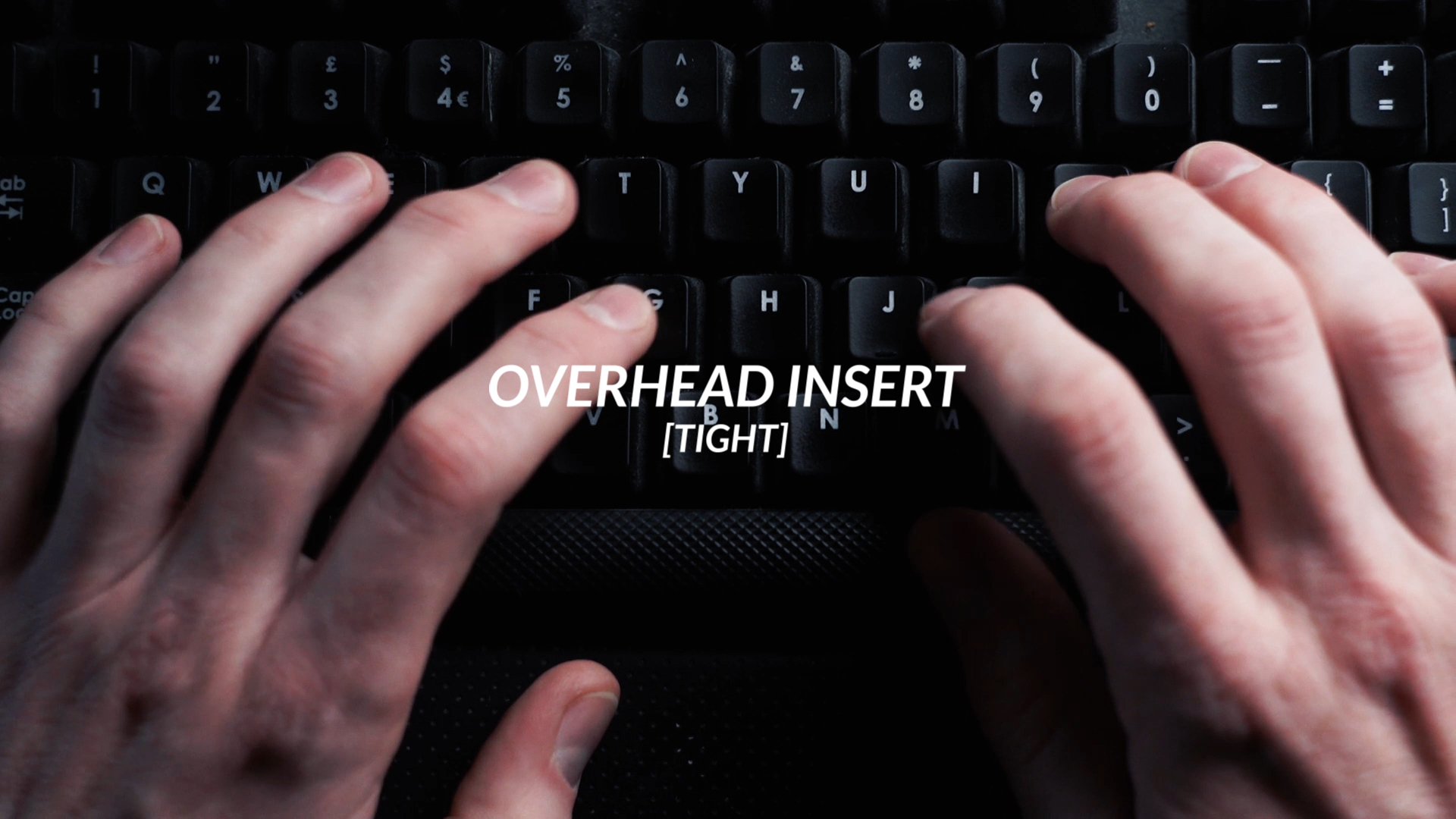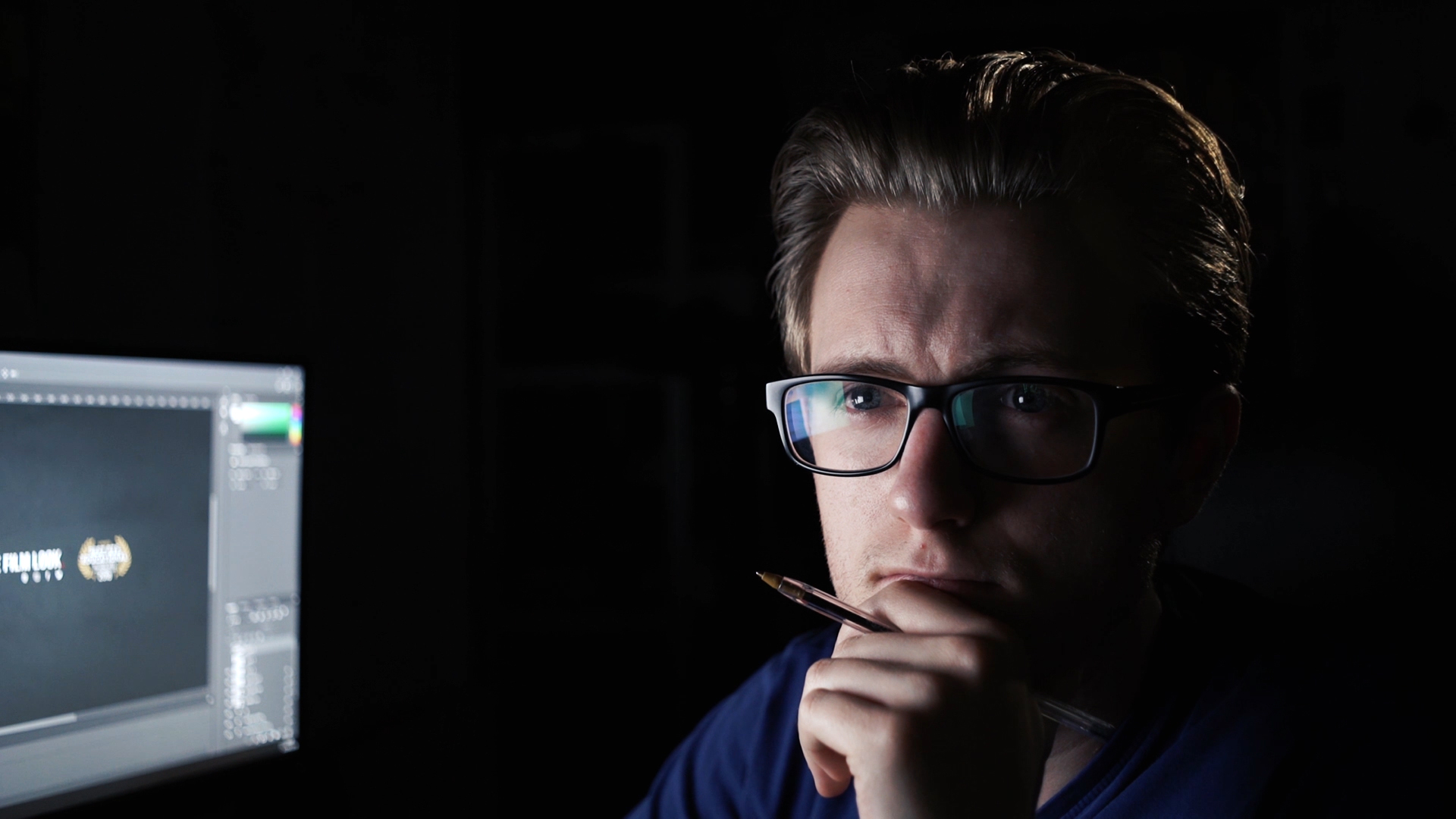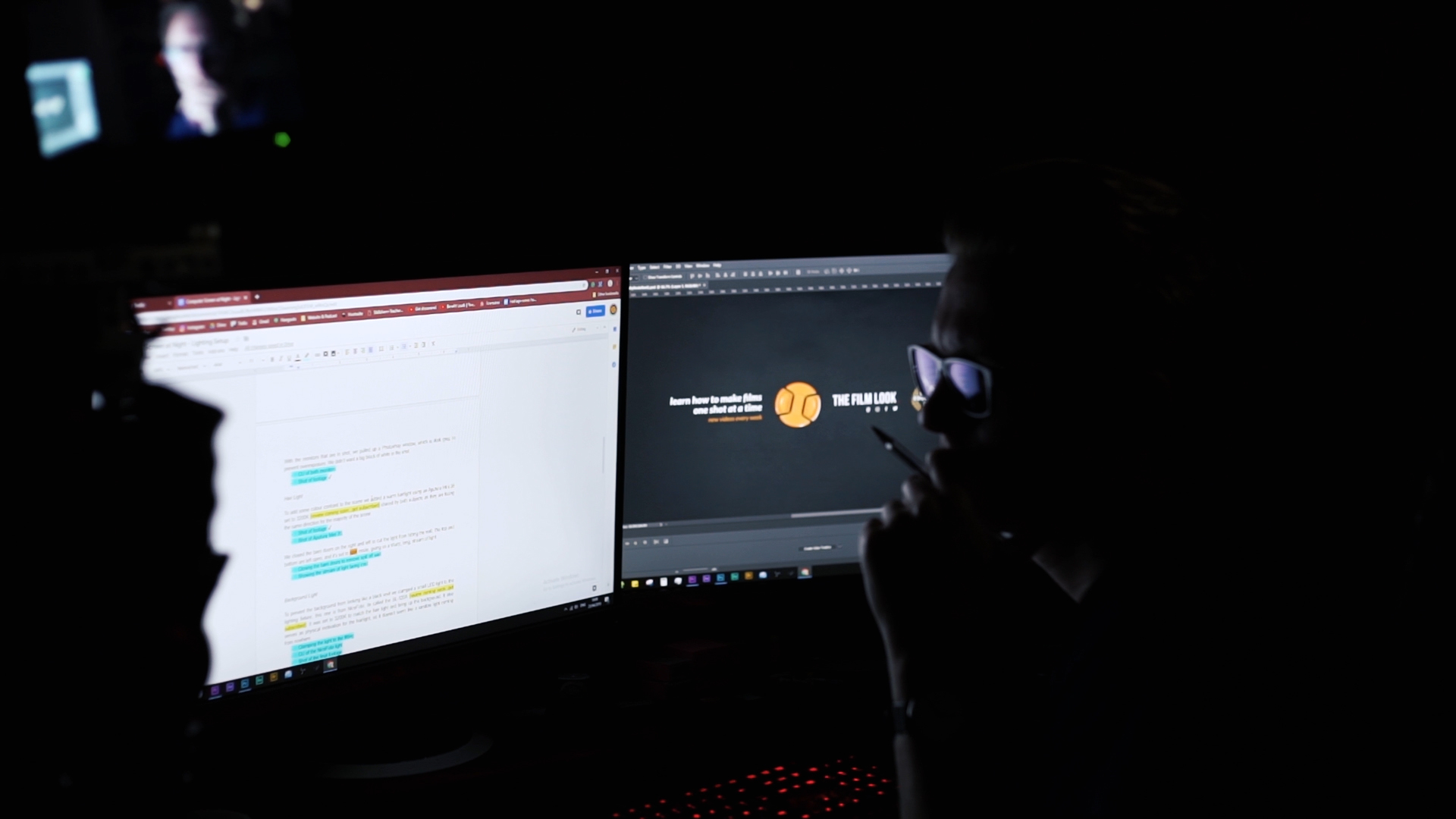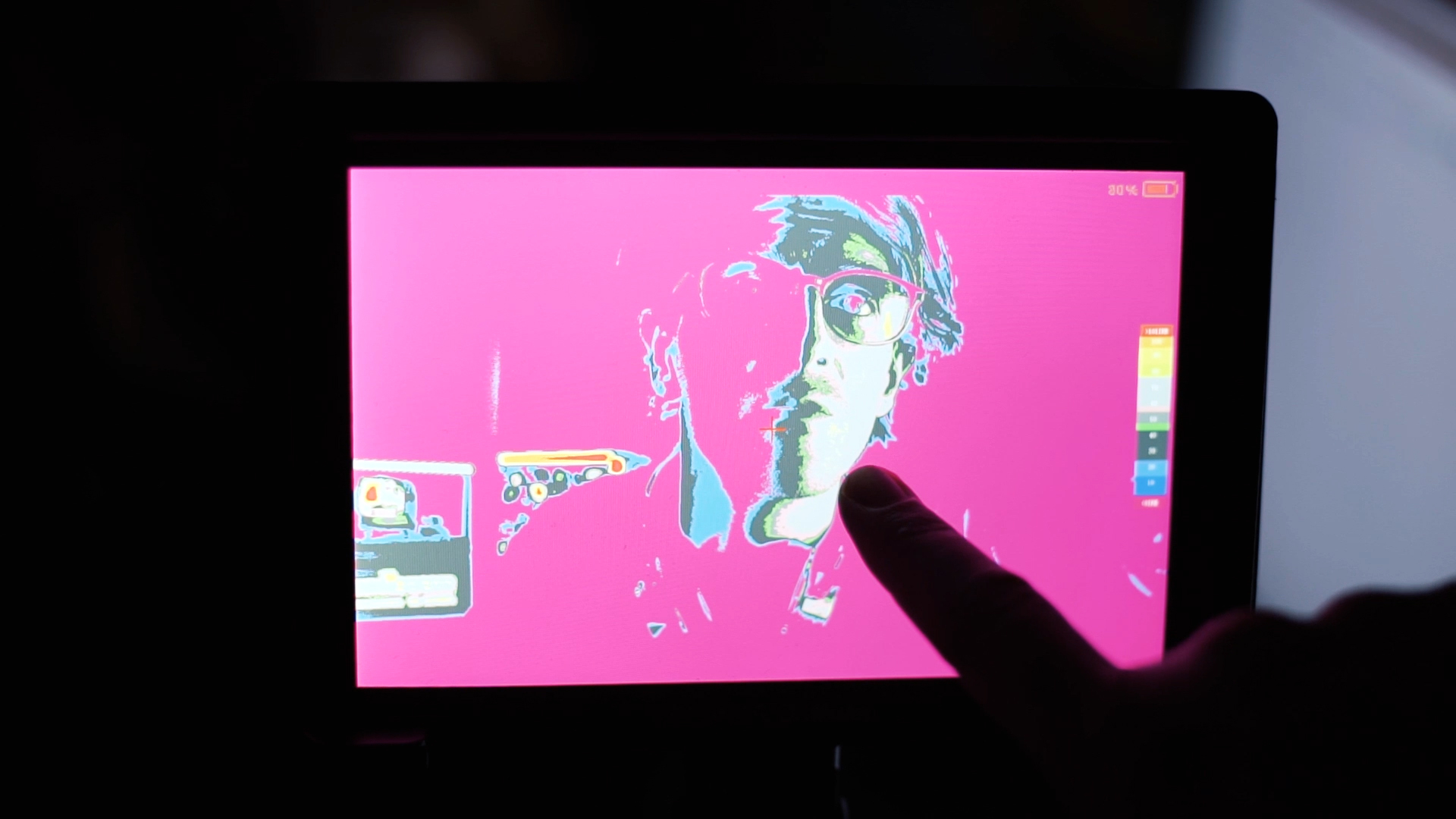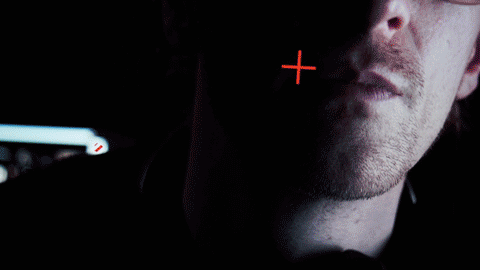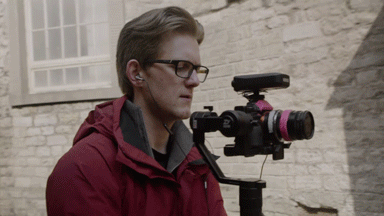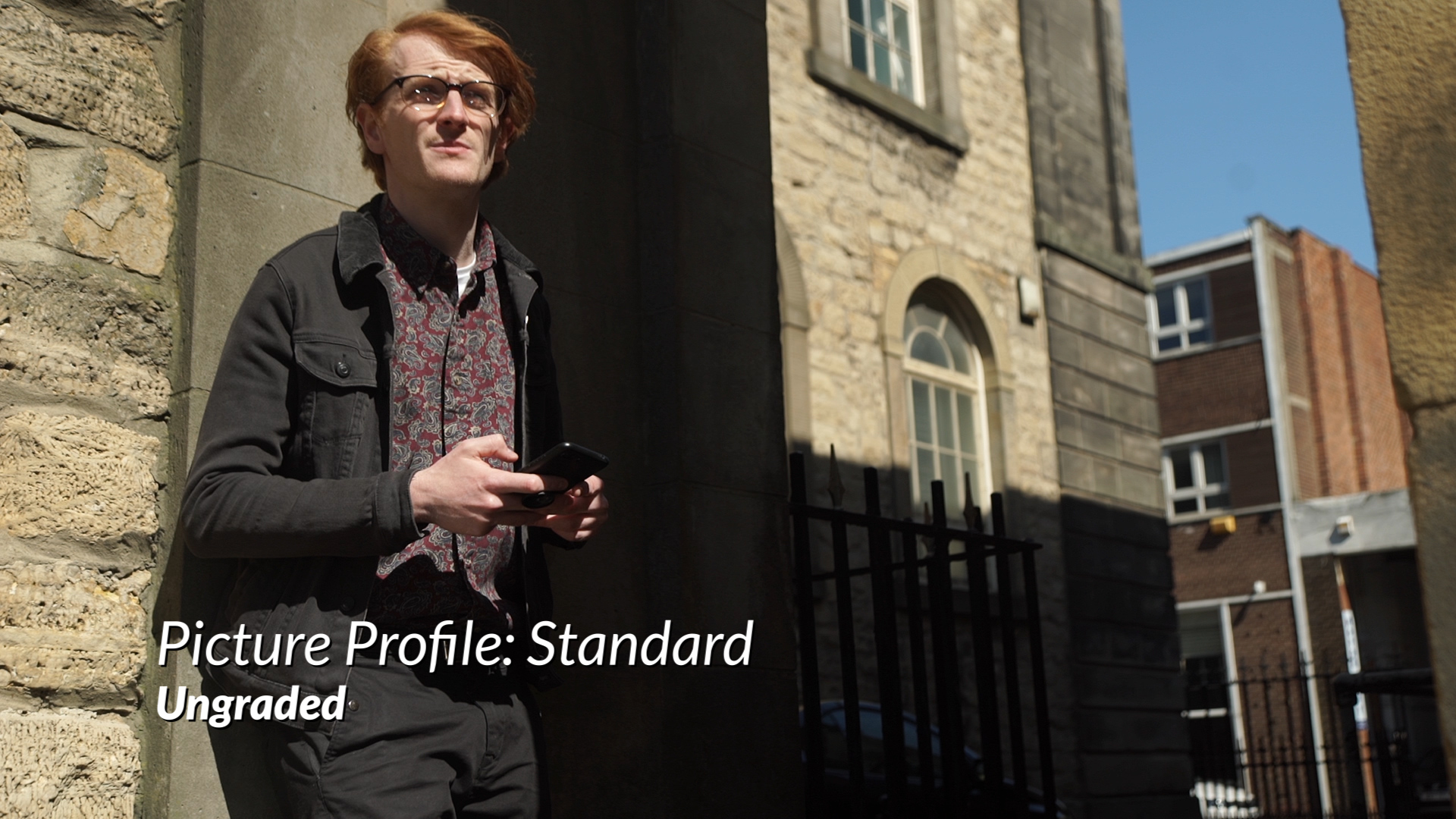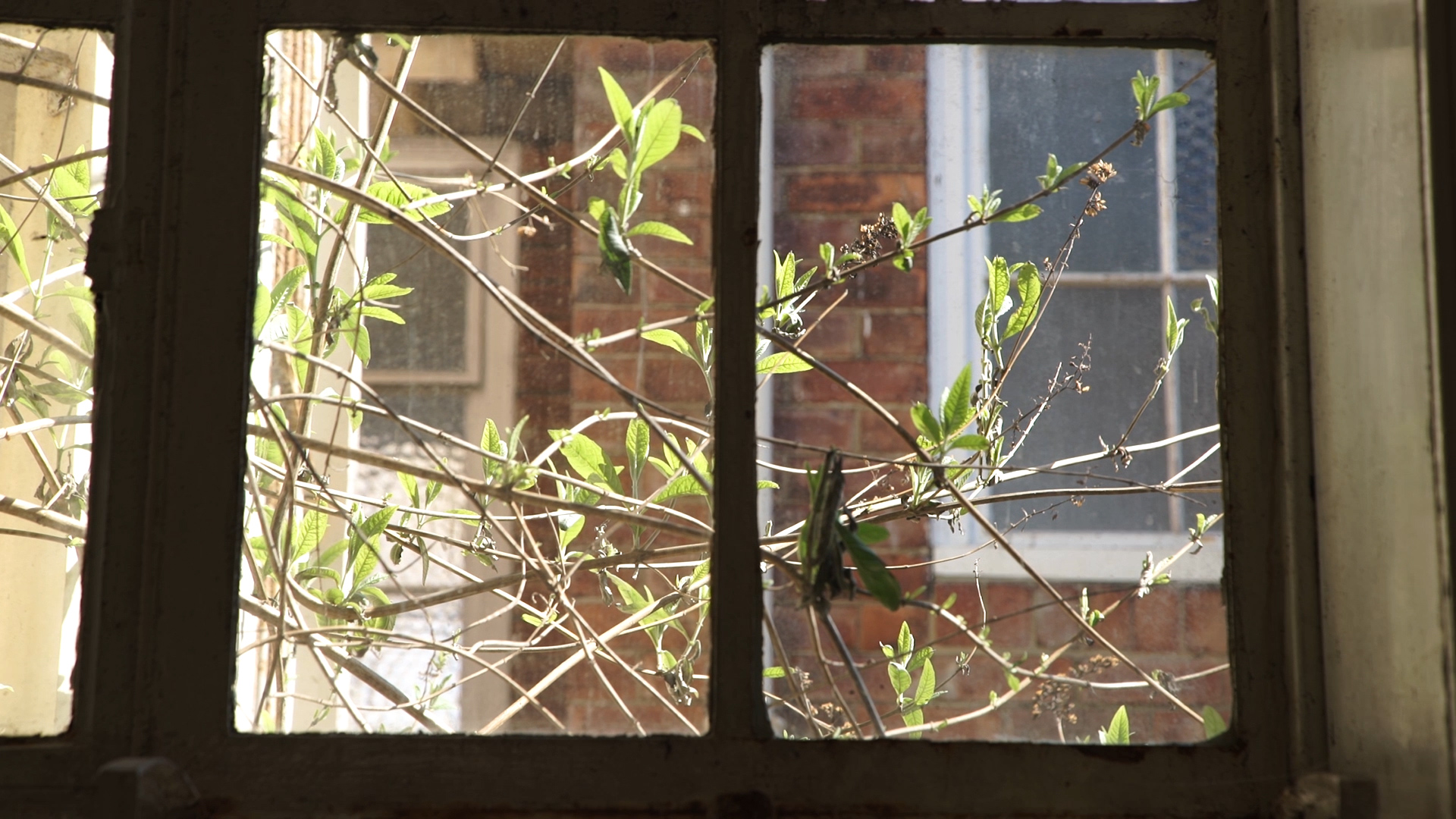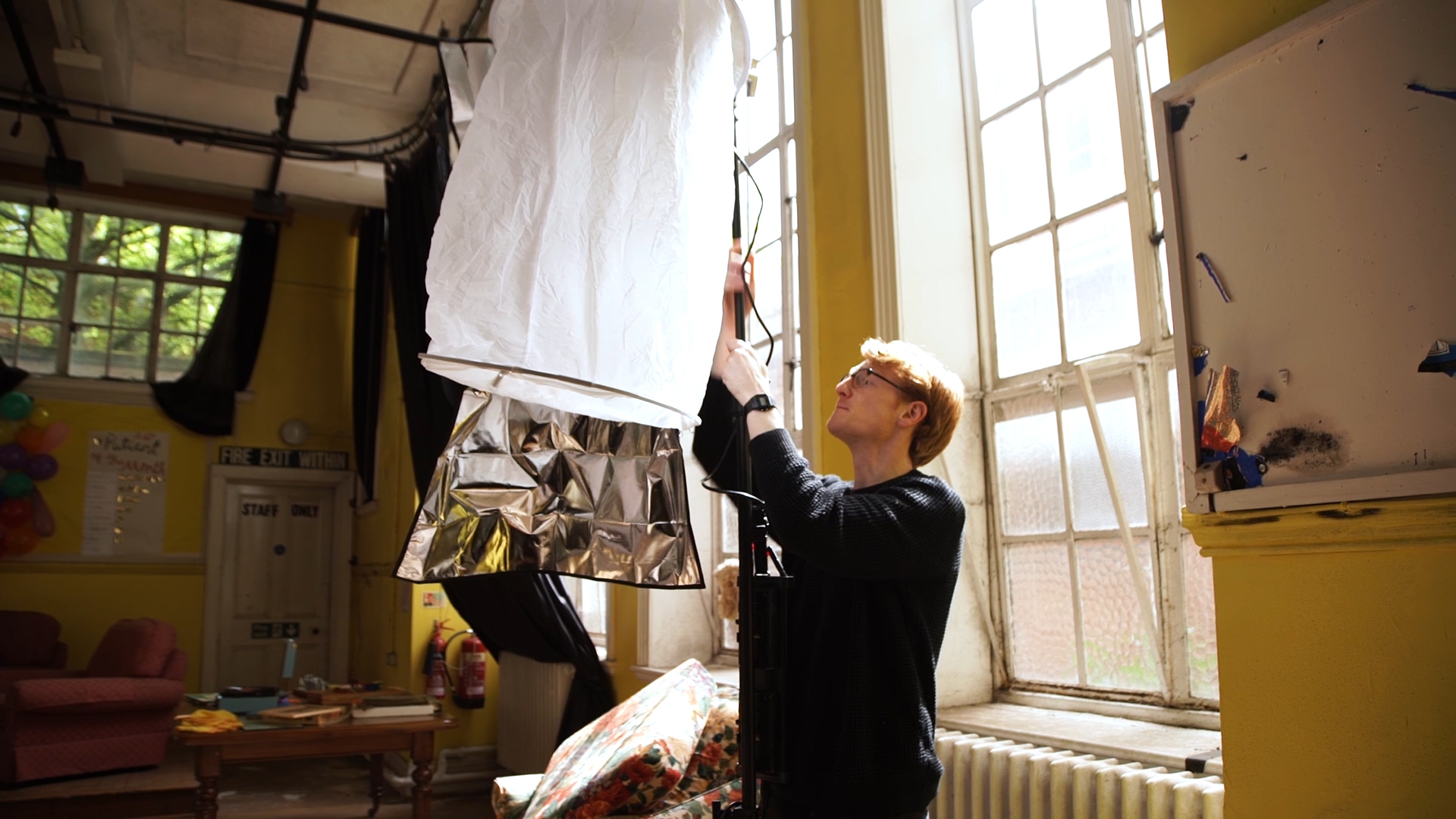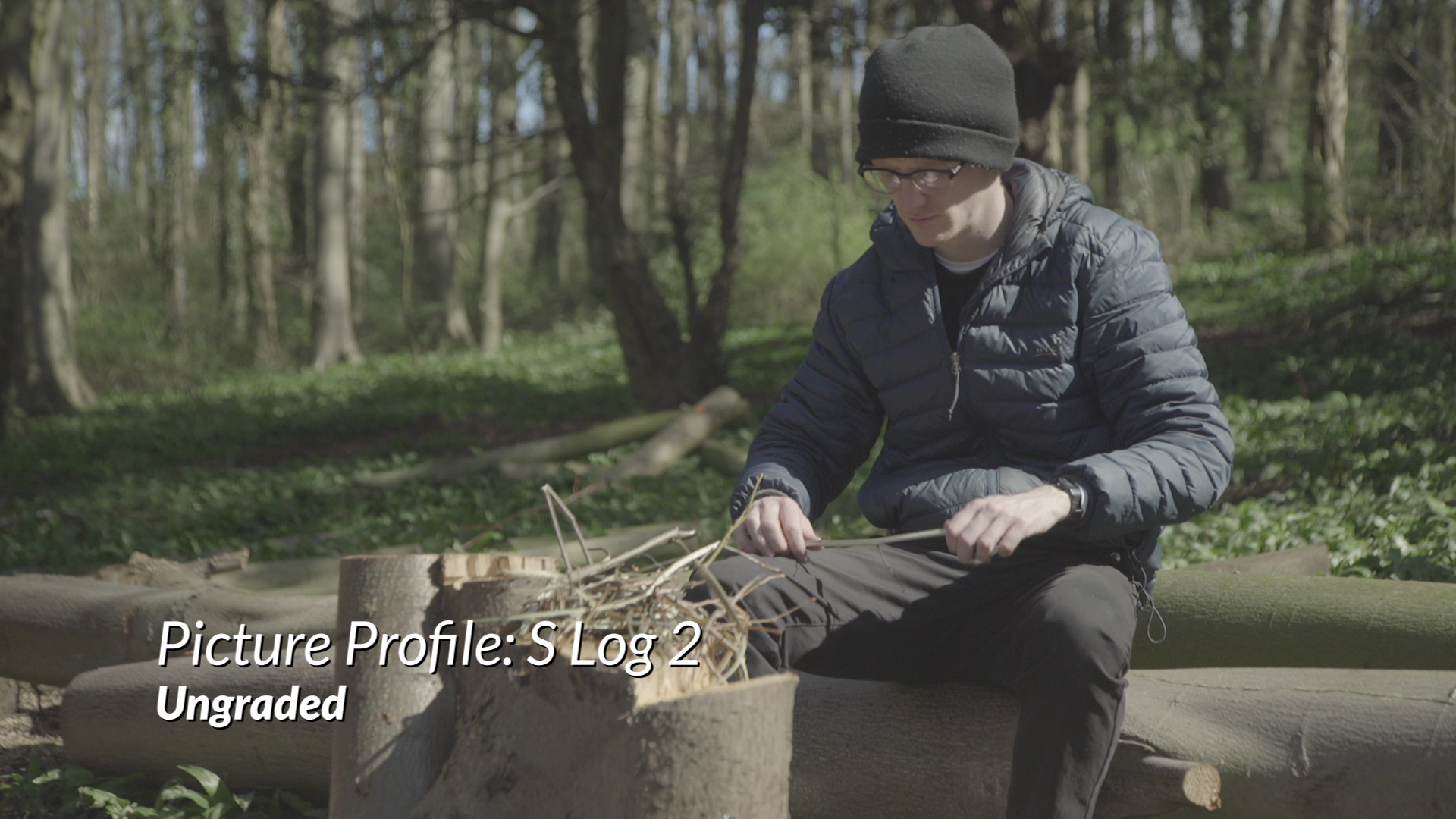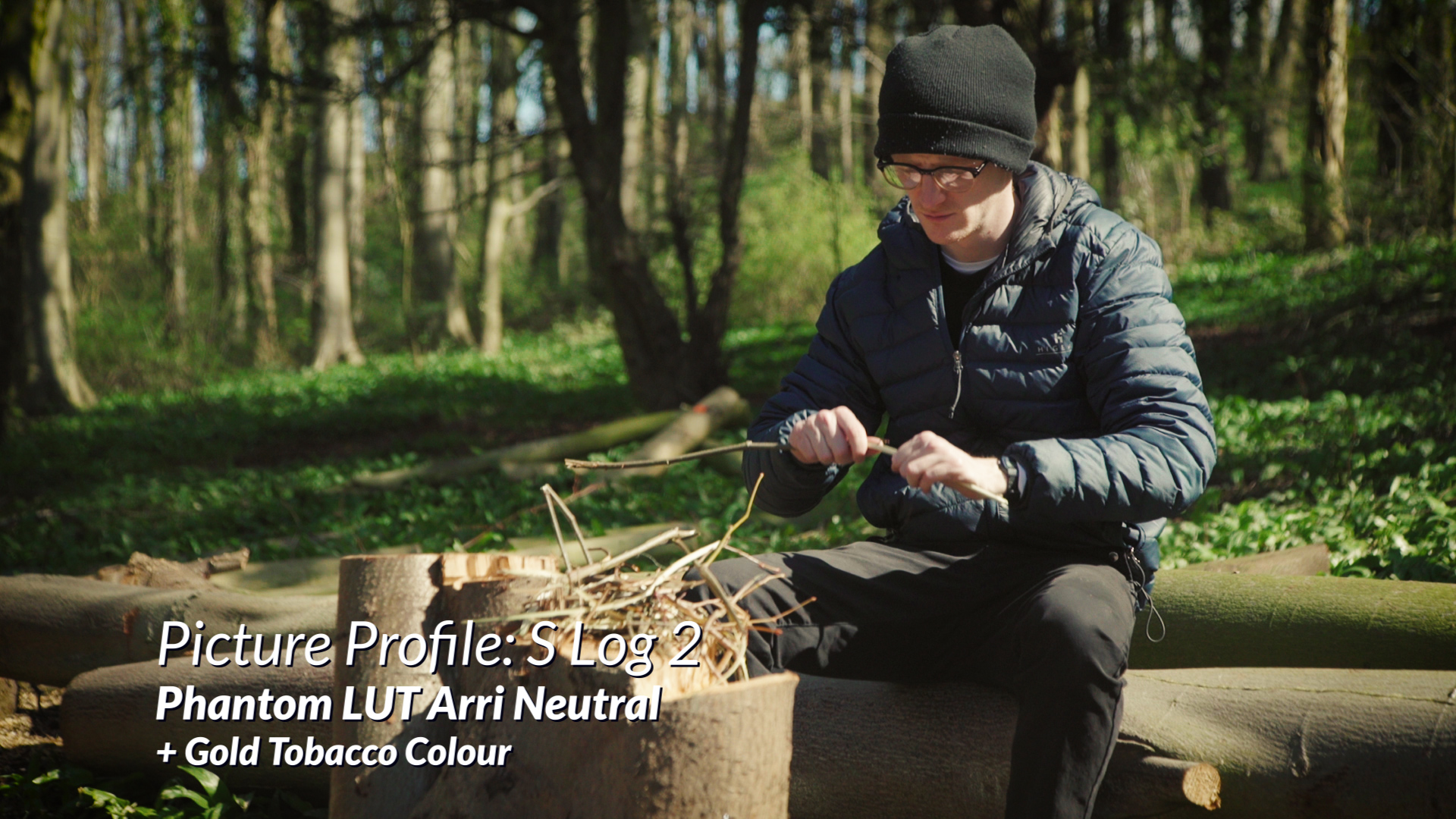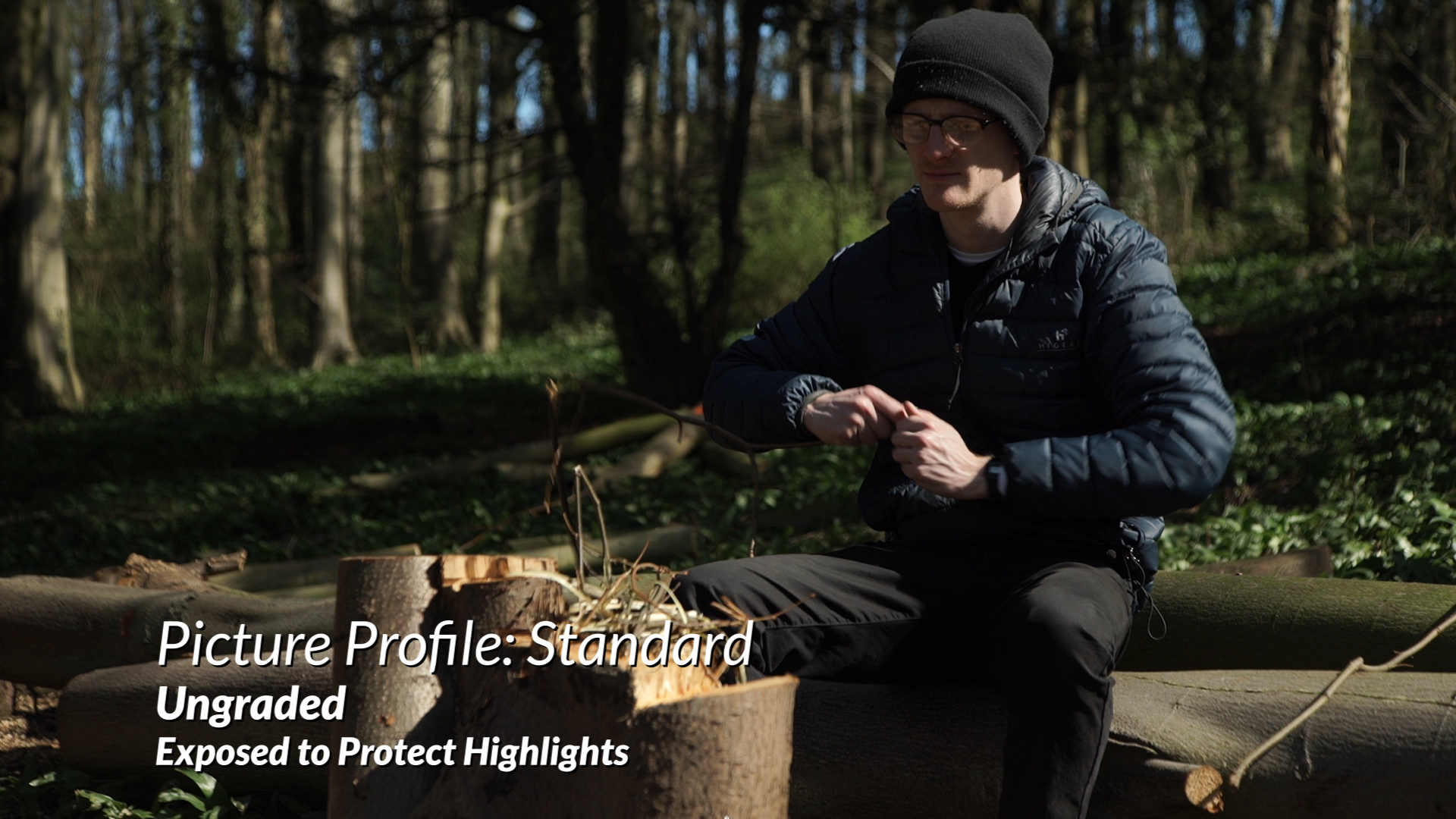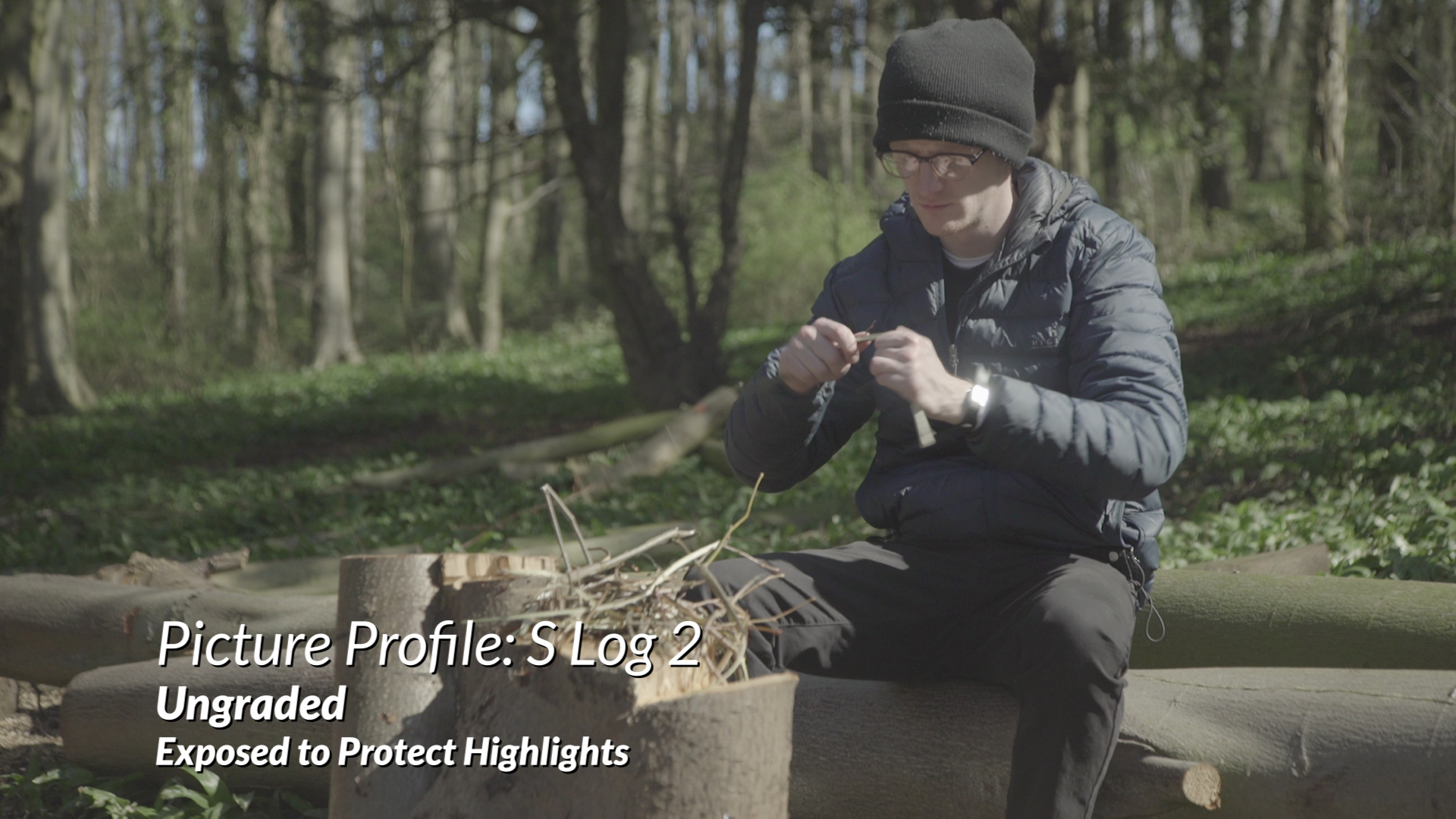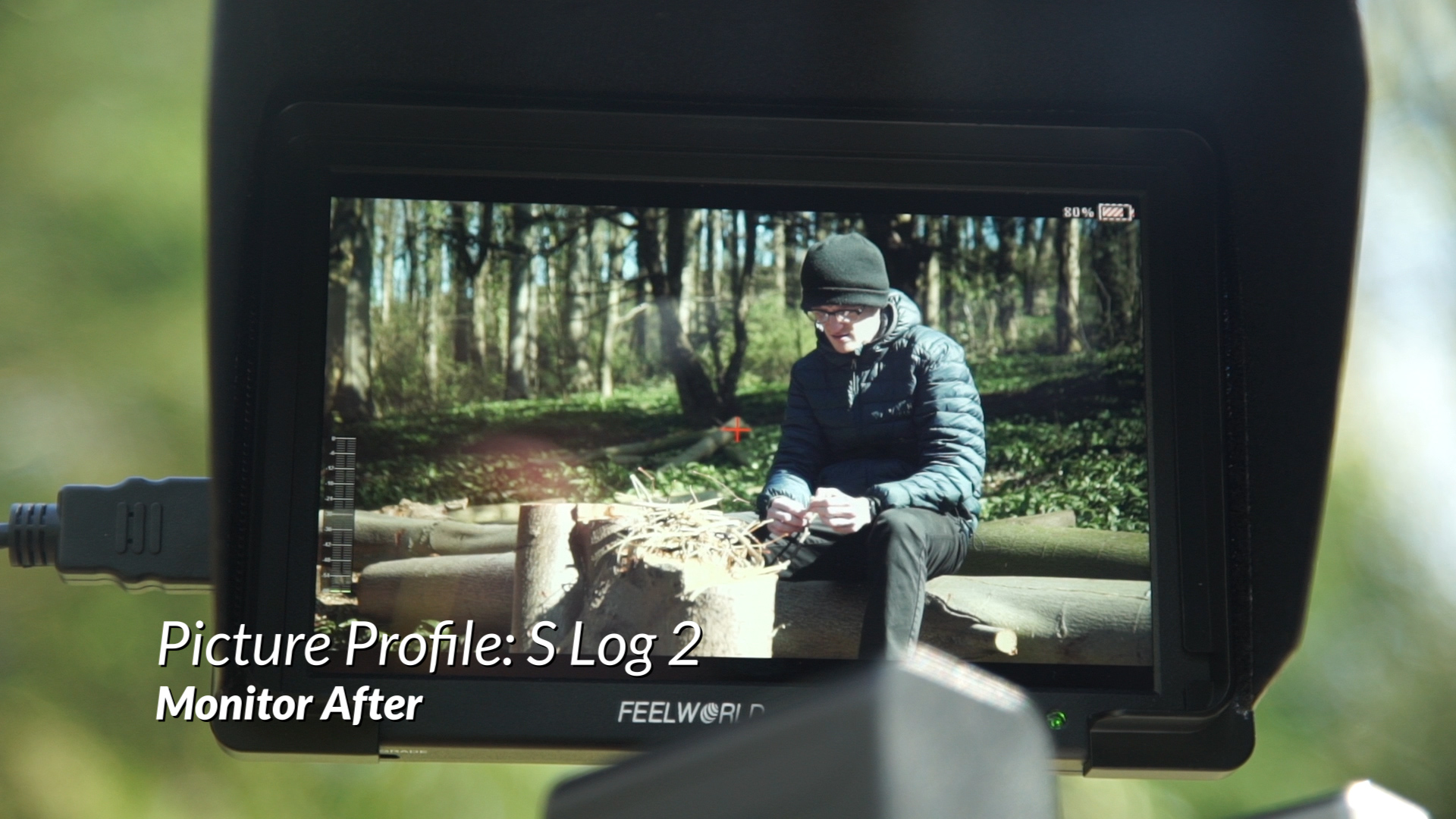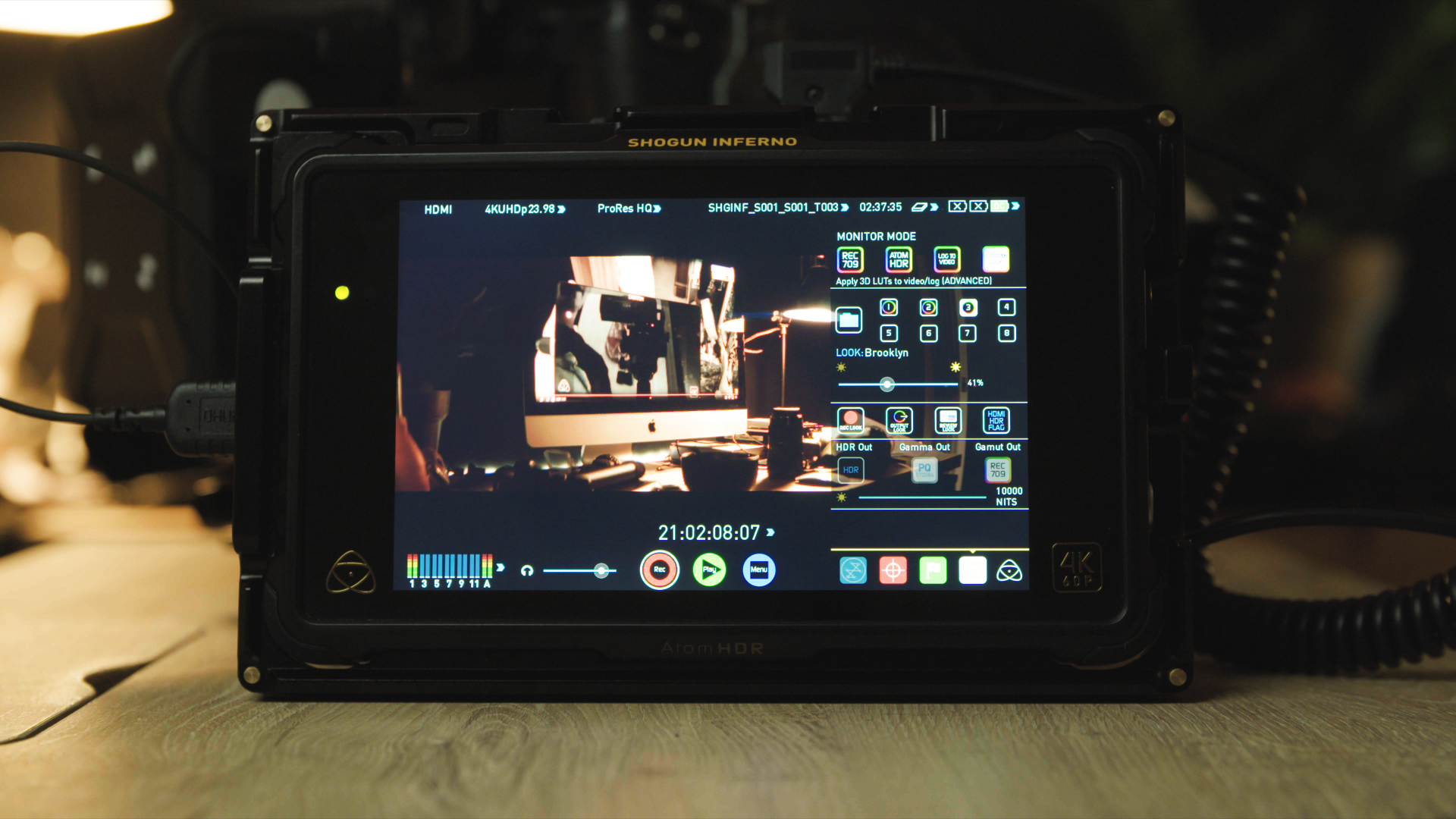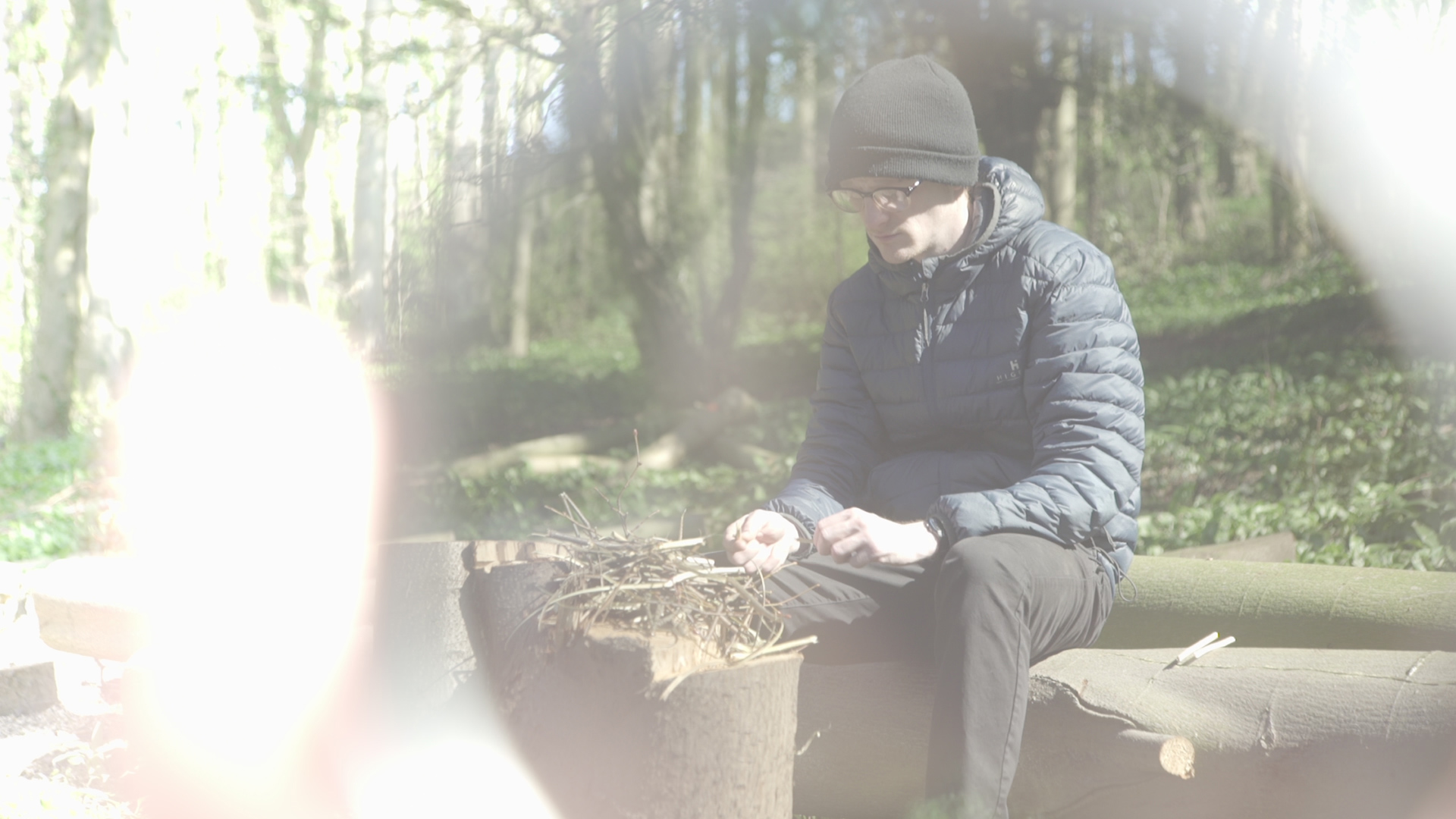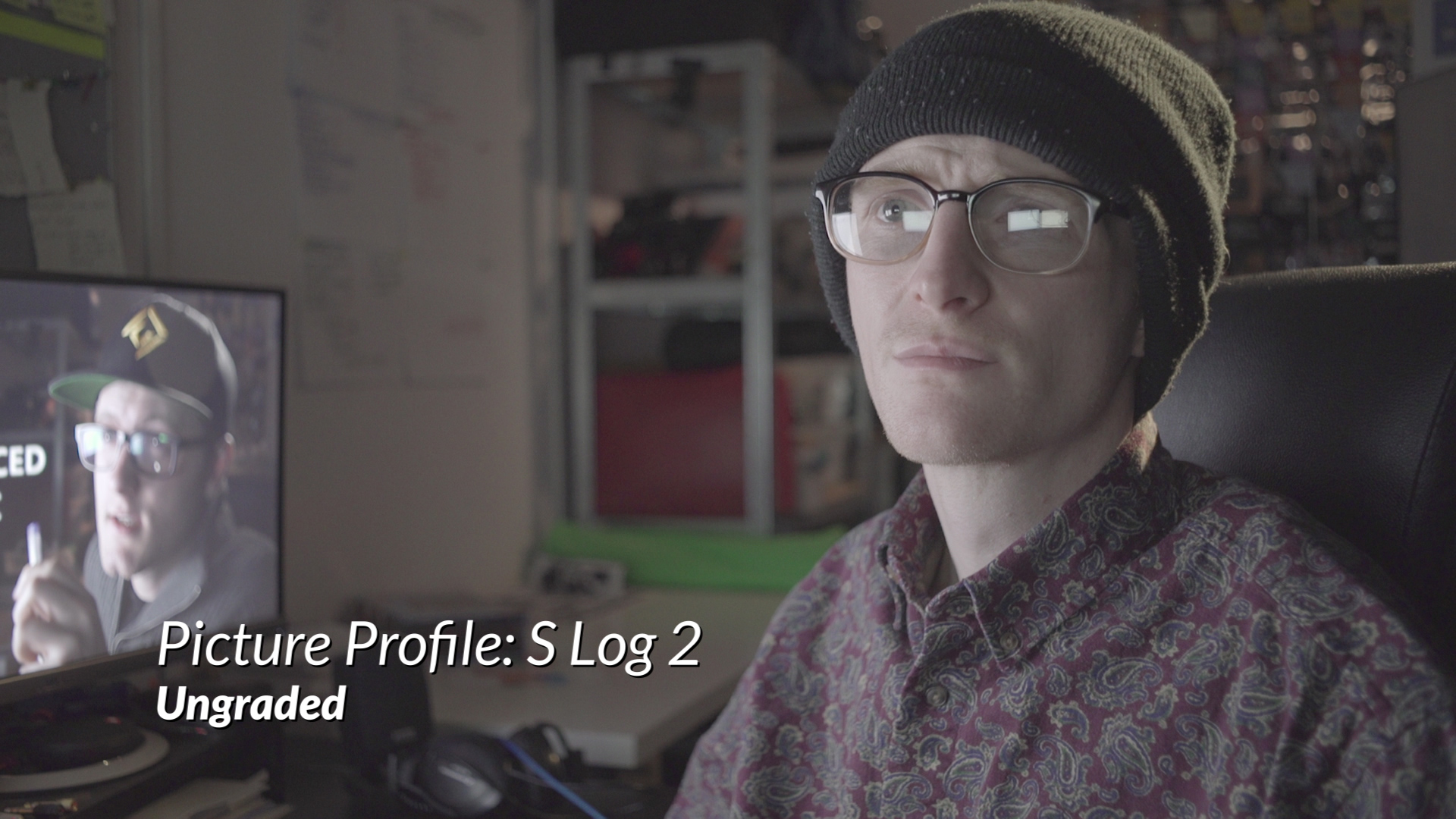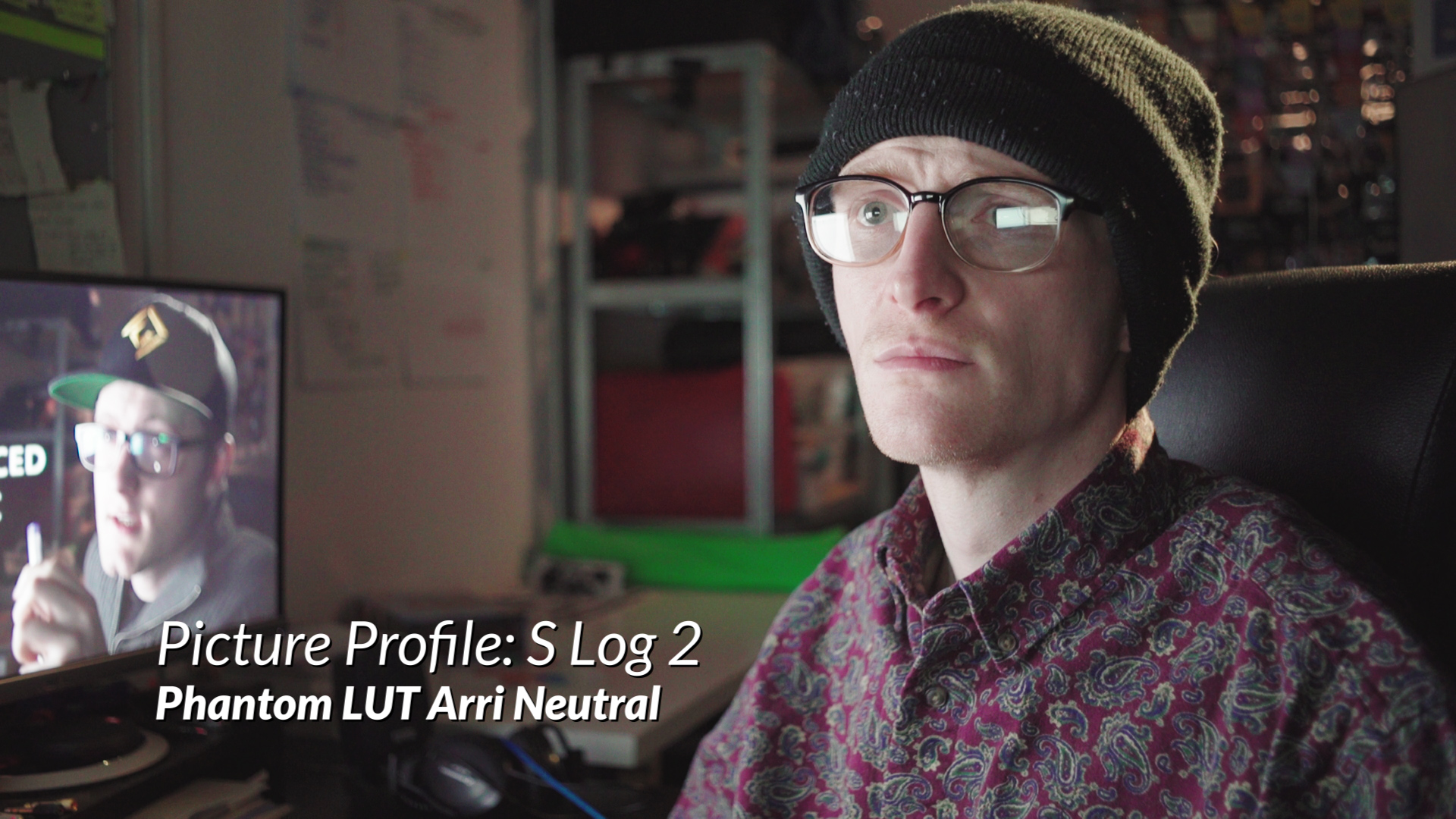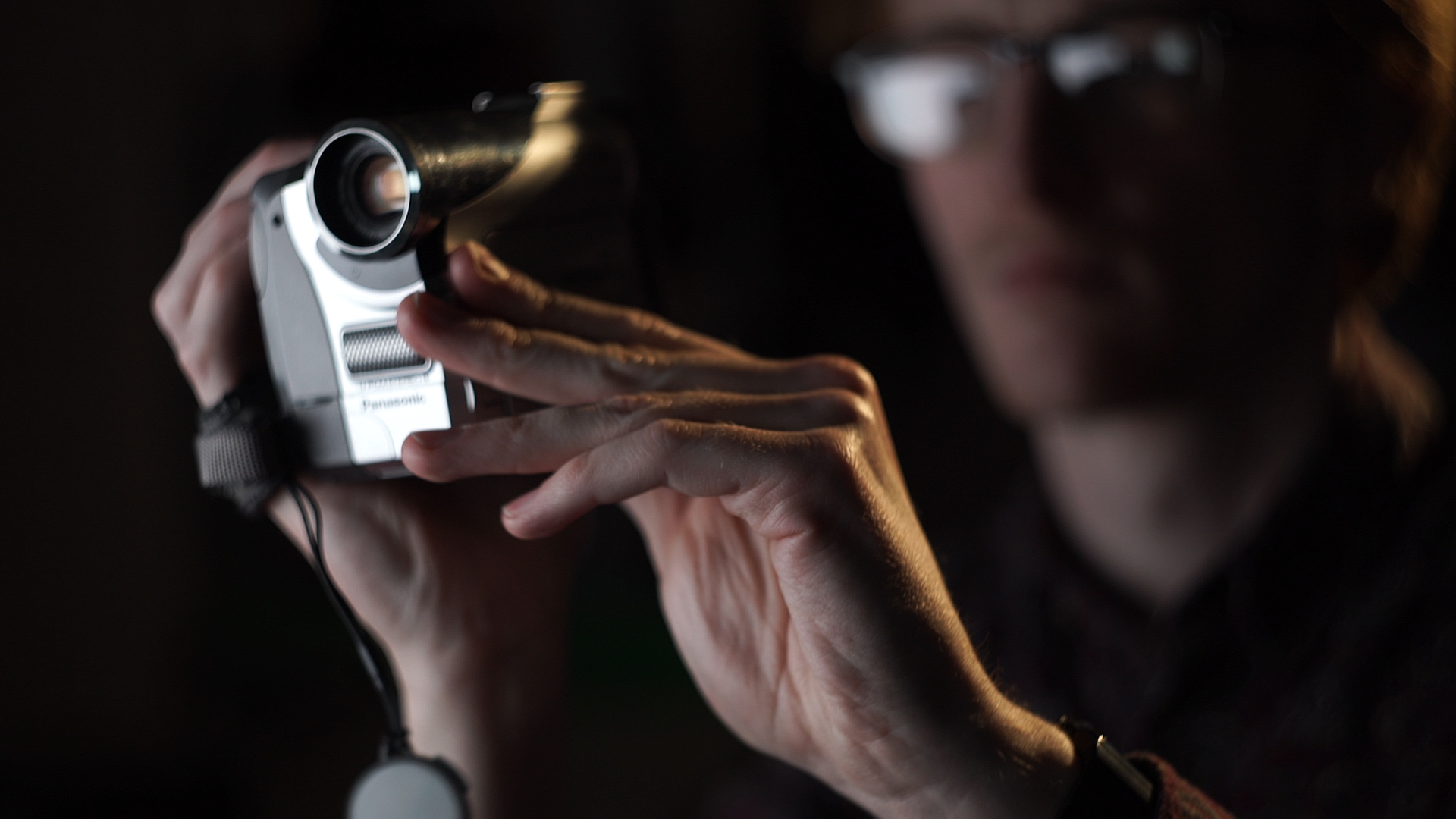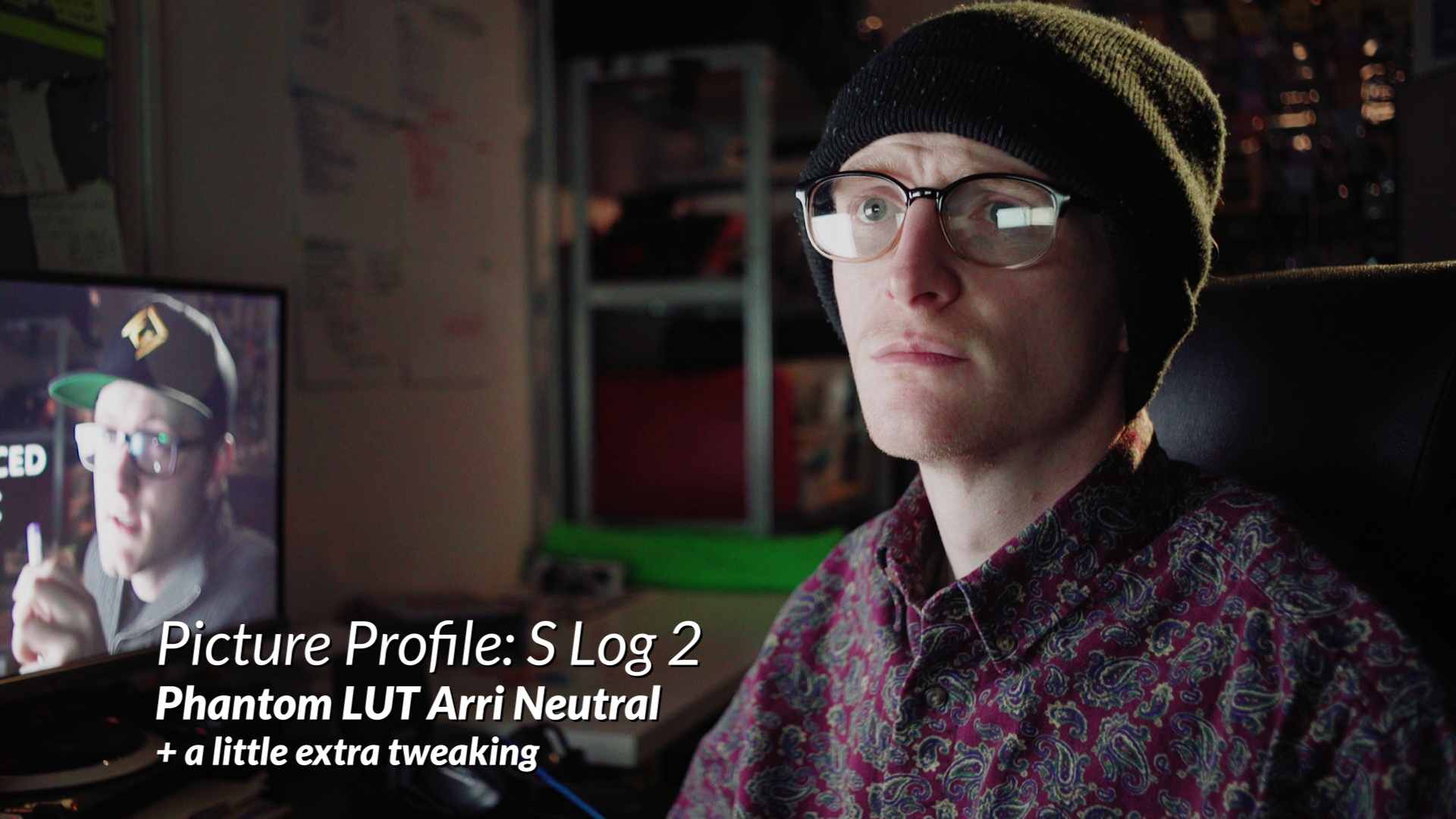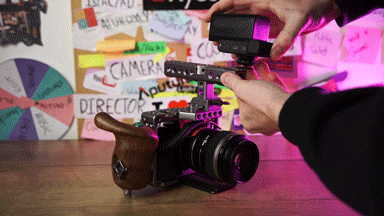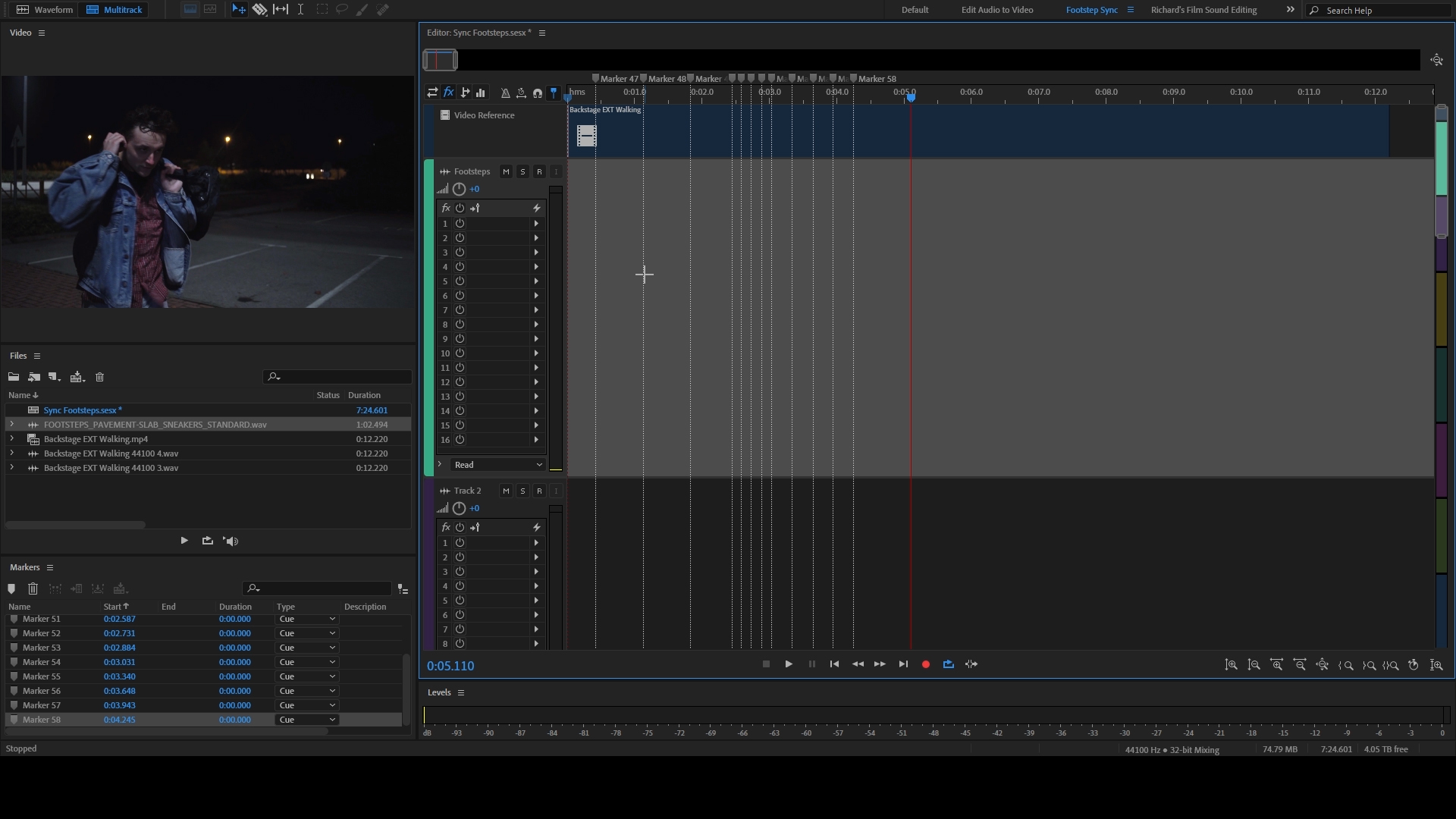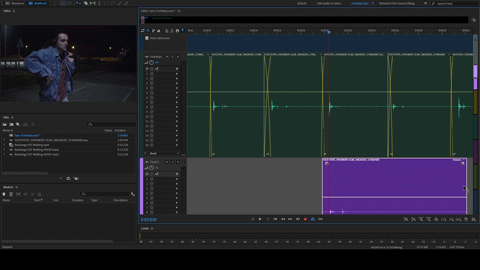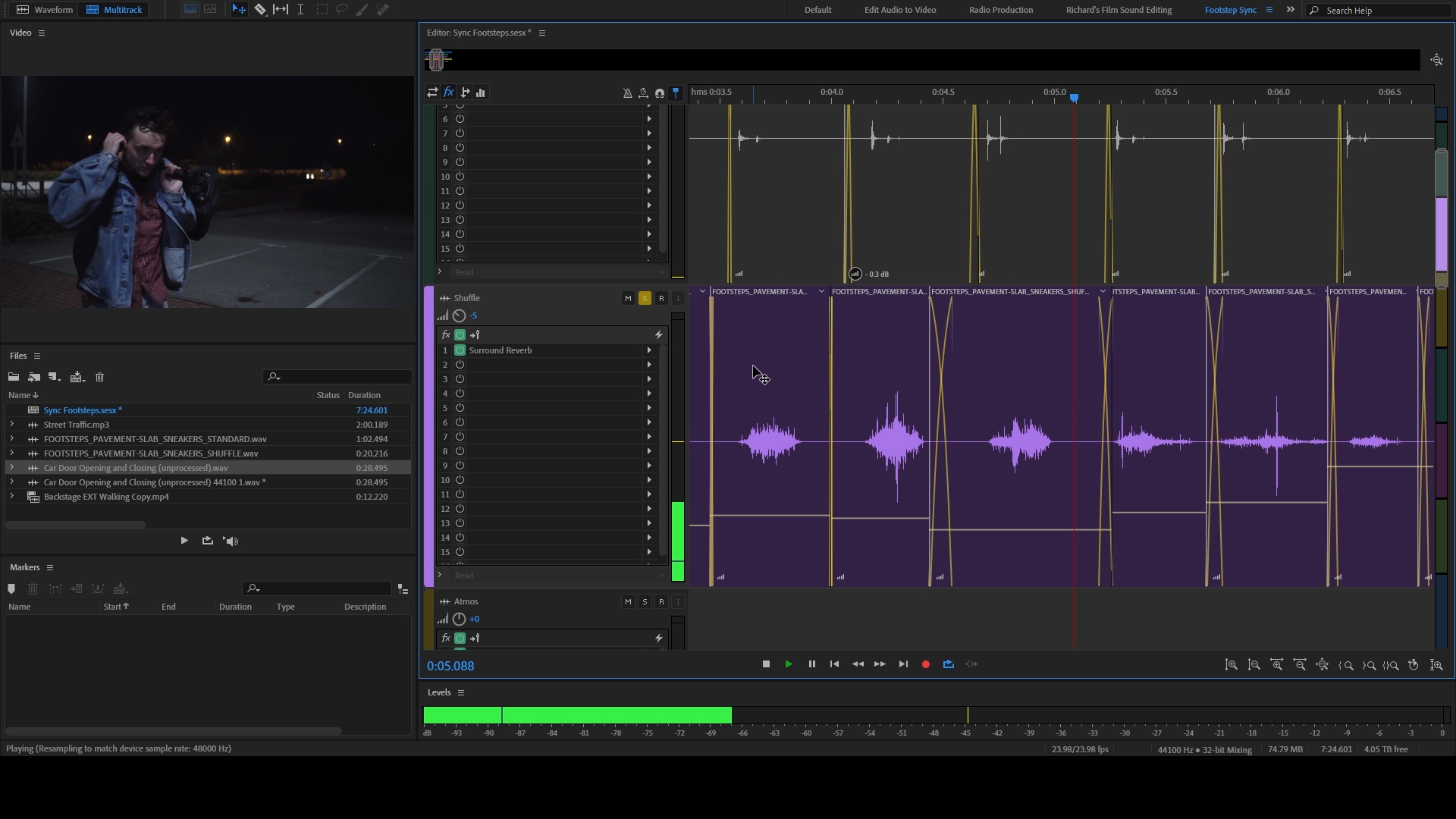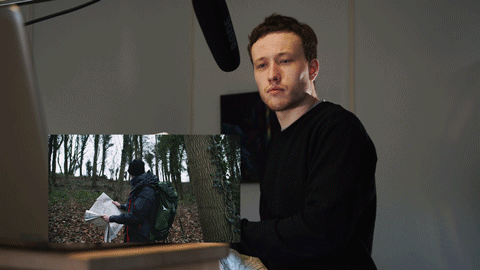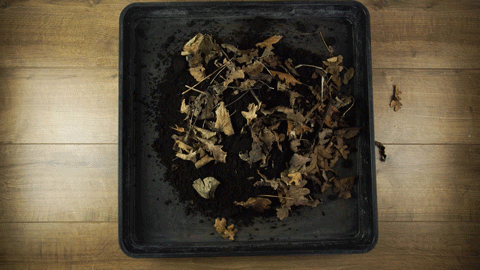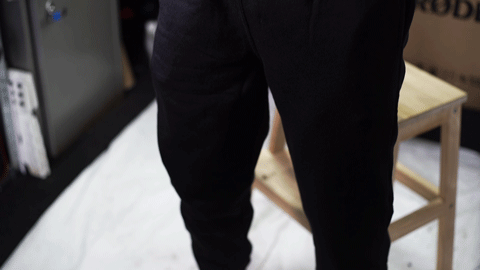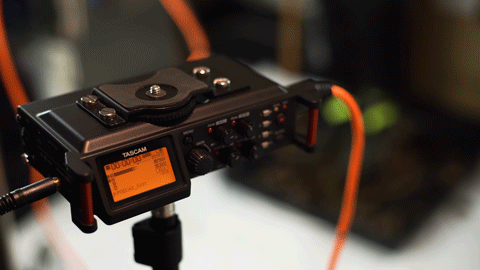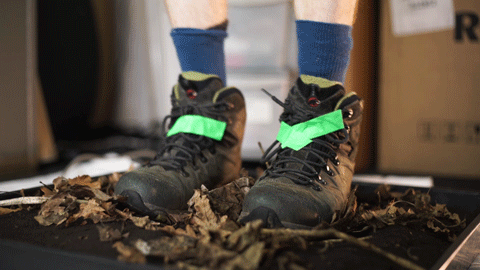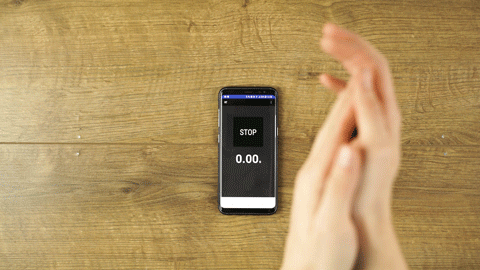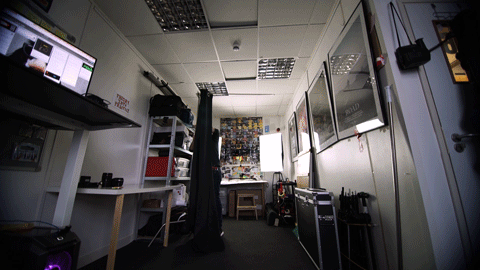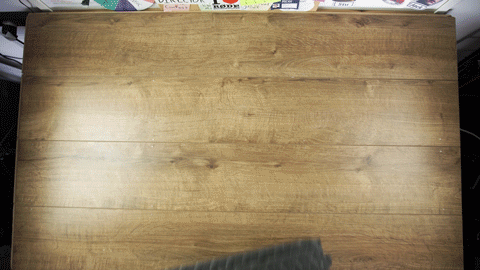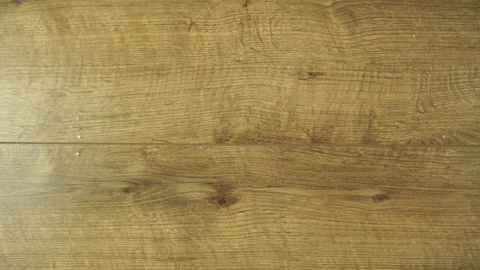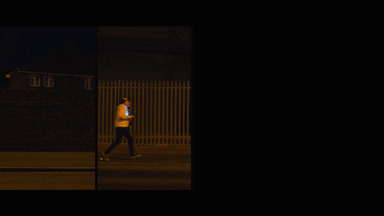Today we are showing you how to use the 30-degree rule. A fundamental rule of filmmaking used to prevent jarring and jumpy cuts during an edit. Welcome to The Film Look.
If you are new to filmmaking, the 180-degree rule is used to make sure characters in a scene will always face the correct screen direction in relation to each other by drawing an imaginary semi-circle on set and not stepping over the straight line.
A cousin to the 180 is the 30-degree rule. It's there to make sure you don’t have a strange jarring jump when cutting from one shot to another on the same subject in a scene.
If we shoot a scene from this angle here, then decide to shoot a little bit further along, these two shots will not cut together very well because they are too similar.
Less than 30 degrees
It causes the cut to jump out on screen. To avoid this, you can make sure you always move the camera 30 degrees, orbiting around the subject.
More than 30 degrees
This rule applies for different shot types too. So when you are cutting from a wide shot to a medium close up, if you keep the camera in the same position it can actually look like a strange zoom effect, rather than a cut.
Orbit the second angle more than 30 degrees around the subject and it will prevent the weird zoom effect.
But you can go too far with this as well!
A wide shot from here cutting to a wide shot from here will be very disorientating to the audience. Again, causing a strange jarring effect, and really just unnecessary coverage of the scene.
And cutting from an extreme wide shot to an extreme close up can look strange too! Unless of course you can match the motion of the subject and cut on action.
We will do an episode about cutting on action very soon so get subscribed!
But, in all honesty, you could cover the whole scene in this tight close up if you really wanted to. It all depends on the type of project and your filmmaking style.
So, basically, the general rule of thumb is to just cut to something significantly different. Preferably, something which gives the audience a better view of the action or drama happening on screen. Just make sure that it's more than 30 degrees.
This video will show you how to use the 30° degree rule when shooting a film. By the end of this video, you will know how to apply this rule to your films so you will have a smooth and good-looking edit.
📺 How to support the channel
🚀 bit.ly/artlistfilmlook - The music you heard in this episode is from Artlist. Click the link to receive 2 extra free months on when you purchase an Artlist subscription!
🎵 https://www.joelfamularo.com/colour - Use discount code "TFL" at checkout to get 20% off your LUTs purchase!
🎬 In case you missed it
5 Tips for Nailing the 180° Degree Rule: https://youtu.be/Fs24DBoT-C8
Centre Frame Your Shot for MORE Impact: https://youtu.be/b_913ksaKq8
🎧 Listen to our Podcast!
iTunes: https://goo.gl/hikhGF
Android: https://goo.gl/fmsp4s
📞 The Socials
Website: http://thefilmlook.com
Twitter: https://twitter.com/TheFilmLook
Facebook: https://www.facebook.com/TheFilmLook
Instagram: https://www.instagram.com/thefilmlook
DISCLAIMERS:
Some of these links are affiliate links, if you purchase gear via these links The Film Look will receive a small commission, but there will be no additional cost to you. Thank you!
